Warm, resilient, and effortlessly versatile, maple kitchen cabinets have remained a cornerstone of interior design for decades. From airy Scandinavian minimalism to richly stained traditional spaces, the species accepts every stain, profile, and hardware trend imaginable, making it ideal for the 2025 appetite for nature-infused, personalized kitchens. Below, discover 20 fully formed maple-cabinet kitchen themes—each a complete concept that specifies layout cues, surface treatments, color companions, and finishing touches. Use them as ready-made roadmaps or mix and match elements to create a kitchen that showcases maple’s grain and your own taste in equal measure.
1. Scandinavian-Japandi Maple Kitchen Cabinets
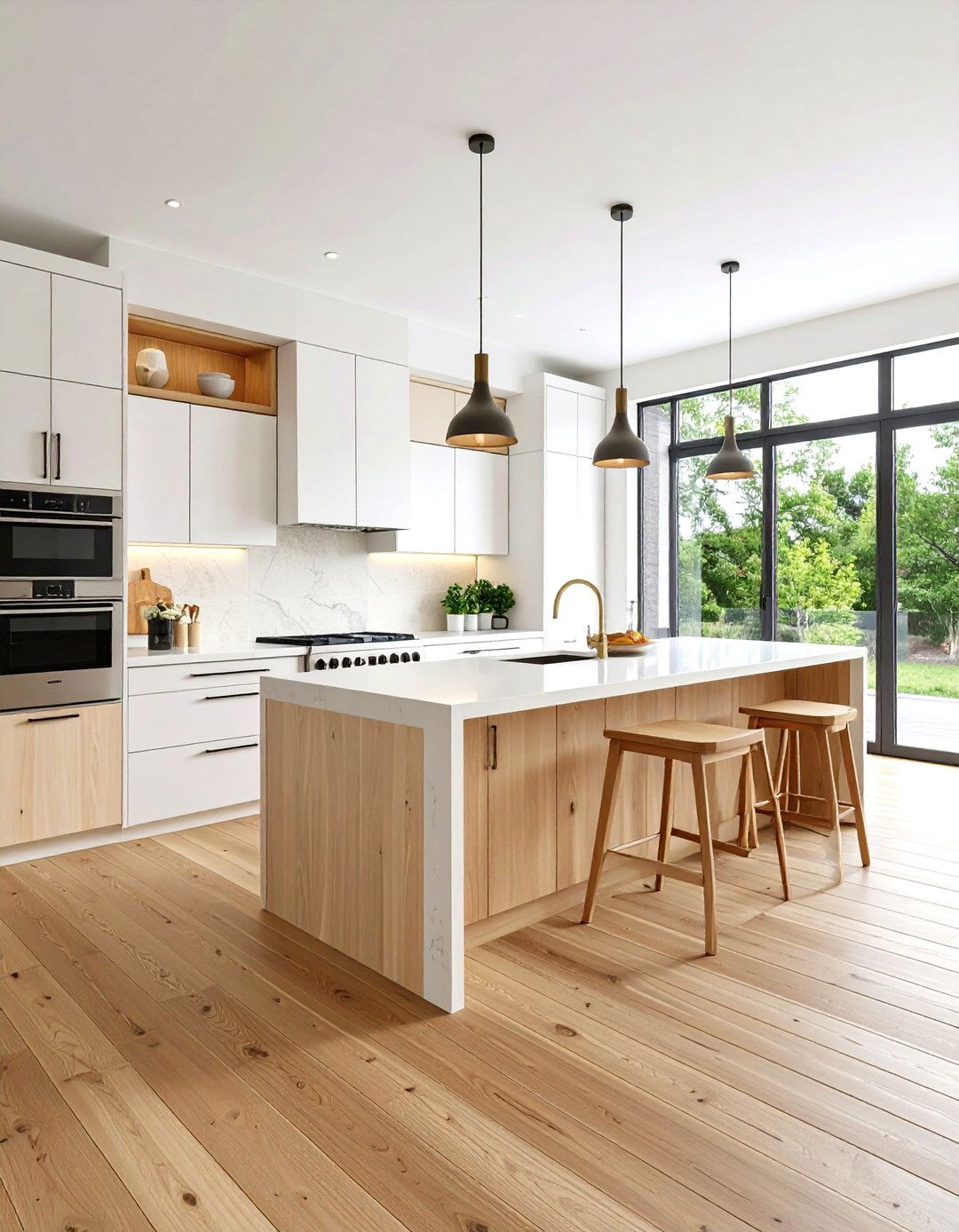
Among today’s calm-living aesthetics, a Scandinavian-Japandi maple kitchen stands out for its airy restraint. Begin with slab or slim-frame Shaker doors in pale, clear-coat maple that celebrates subtle grain while bouncing light around the room. Pair the cabinets with warm textured oak flooring and simple finger-pull hardware to reinforce clean lines. Open shelving on one accent wall displays ceramics in muted, earthy hues; underneath, integrated drawer organizers keep clutter at bay. Add a slim-profile quartz countertop in creamy off-white plus a putty-colored tile backsplash to maintain tonal harmony. A single black pendant offers quiet contrast without breaking serenity.
2. Rustic Farmhouse Maple Kitchen Cabinets
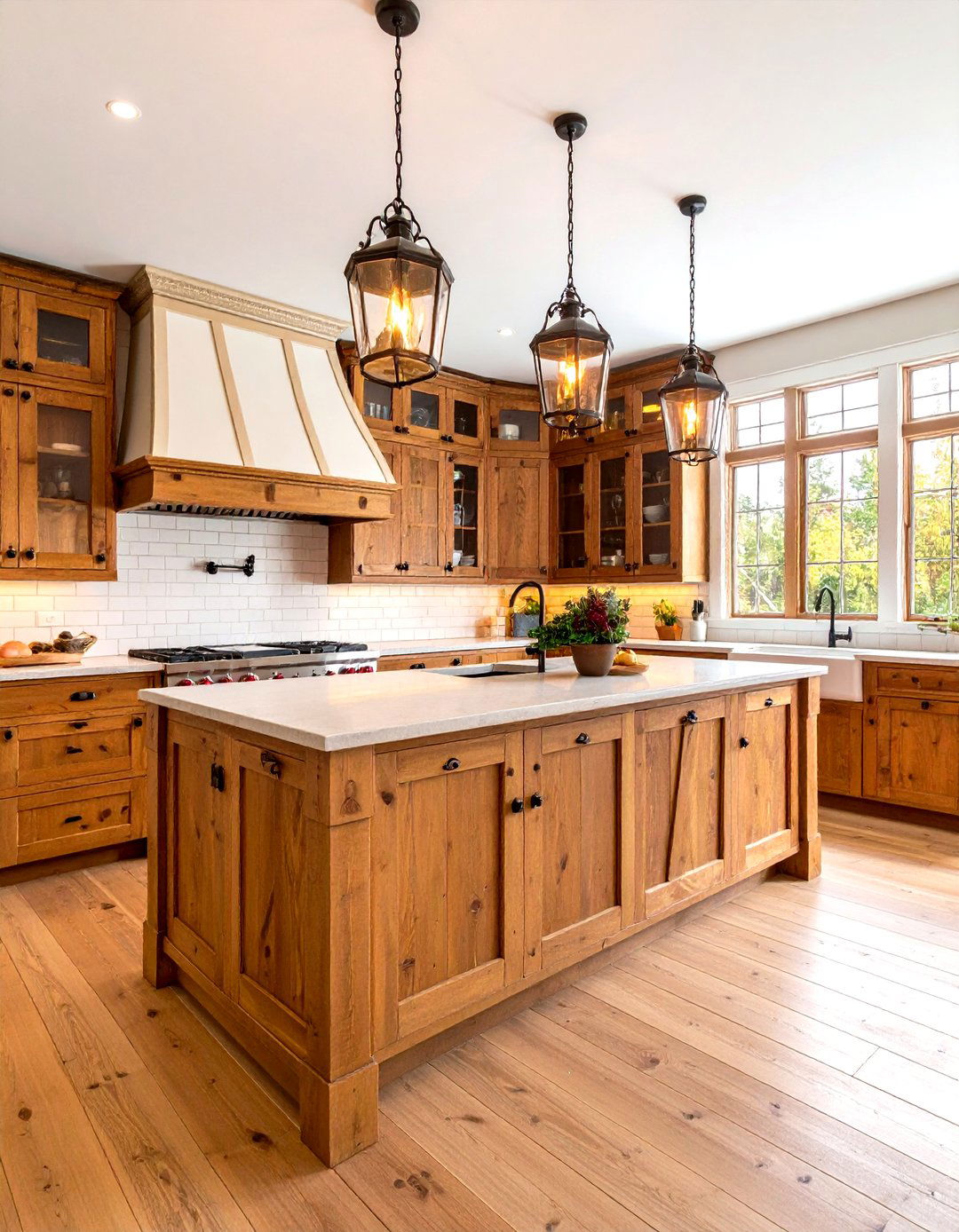
Rustic farmhouse maple kitchen cabinets deliver nostalgia without feeling dated when balanced with modern conveniences. Opt for wide stile-and-rail doors with a warm honey glaze that highlights grain variation, then distress corners lightly for lived-in charm. Install open plate racks over the range and a chunky apron-front sink to cement countryside character. For hardware, hand-forged iron pulls echo antique barn hinges while a reclaimed pine island brings secondary texture. Contemporary touches—such as energy-efficient LED under-cabinet strips and matte white quartz surfaces—ensure the space functions for 2025 cooking routines. Finish with seeded-glass lantern pendants to cast a welcoming glow tonight.
3. Shaker-Style Espresso-Stained Maple Cabinets
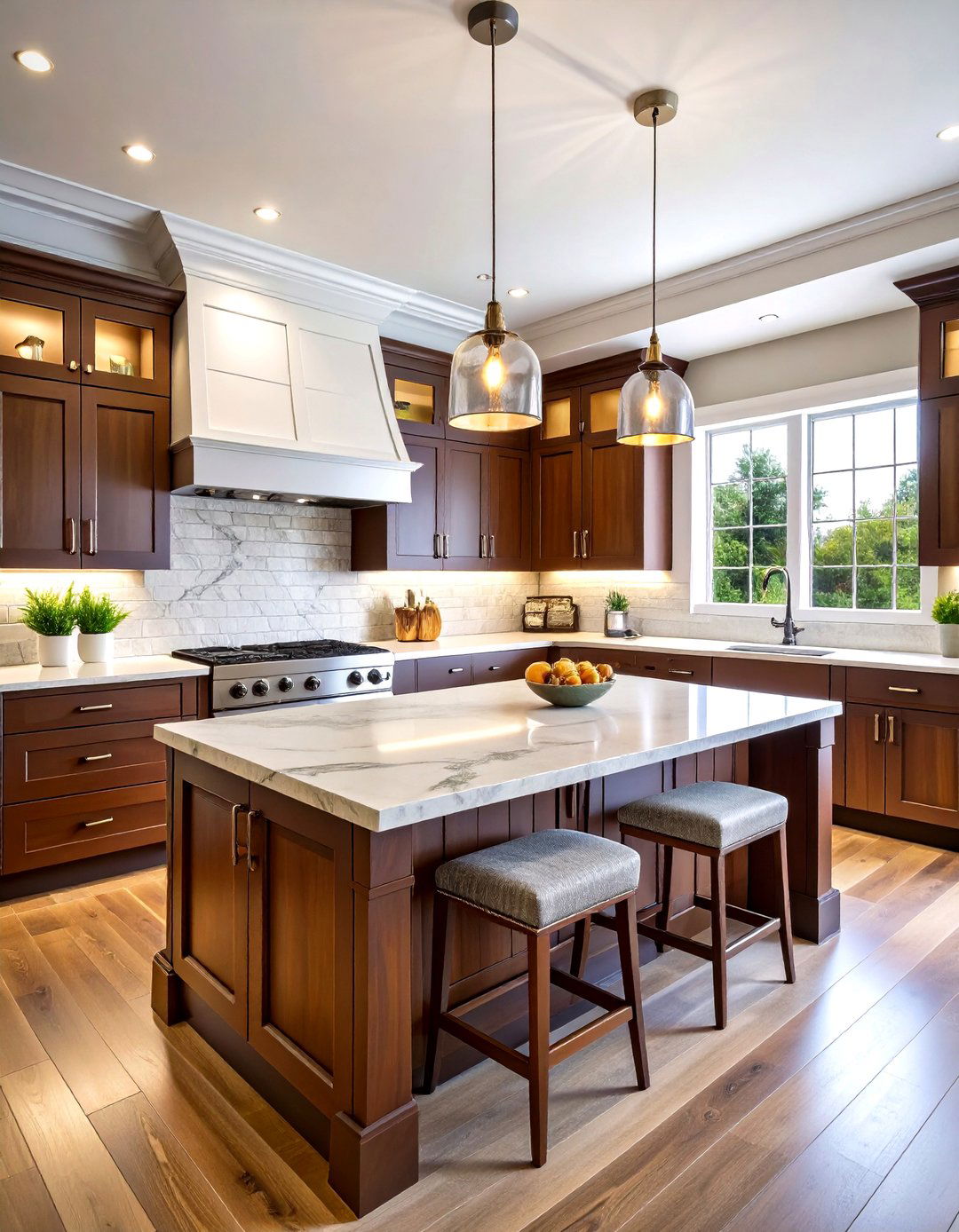
Shaker-style espresso-stained maple kitchen cabinets create a sophisticated, timeless canvas for both bustling family meals and elegant entertaining. The deep brown stain accentuates maple’s closed grain, delivering richness without the heavy visual weight of mahogany. Frame the runs with crisp white crown molding, then introduce brushed-nickel bar pulls for subtle gleam. A waterfall-edge island clad in veined Calacatta quartz offsets the dark base, while linear subway tile in soft gray keeps the palette balanced. Layer task lighting with warm LED strips in toe-kicks to give the cabinetry a floating effect. Finally, integrate a concealed recycling center for streamlined practicality.
4. Two-Tone Maple-and-White Kitchen Cabinets
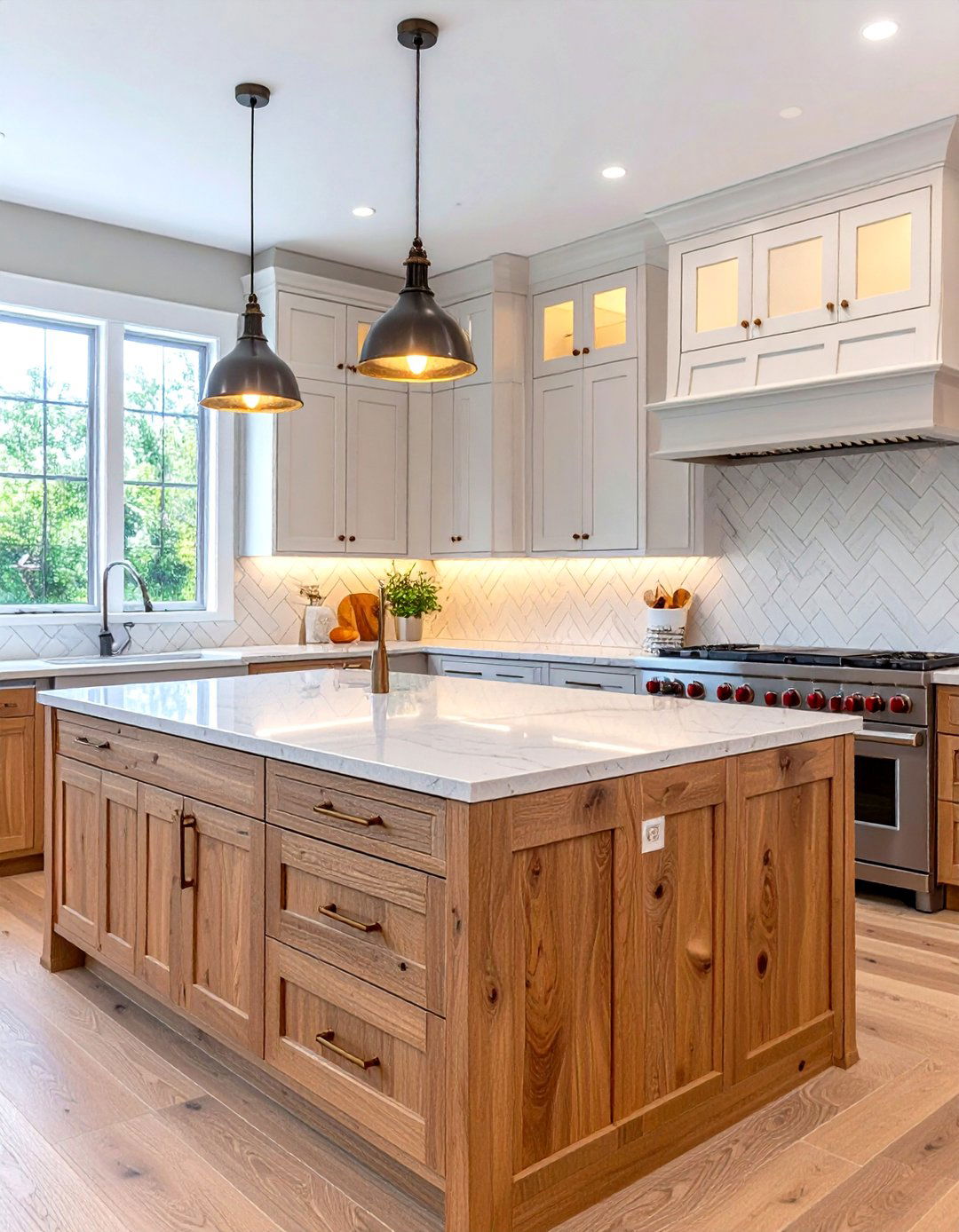
Two-tone maple-and-white kitchen cabinetry answers the craving for contrast without sacrificing warmth. Upper cabinets painted satin cloud white feel weightless, while lower maple bases sport a sand-washed stain that grounds the room and spotlights grain detail. Tie both halves together with extended finger-pull rails in brushed brass, mirrored by a gooseneck faucet over the island’s prep sink. For surfaces, choose a warm-veined quartz that bridges light and wood tones seamlessly. Herringbone backsplash tile in soft greige reinforces the subtle tonal shift and adds movement. Complete the look with rattan counter stools and a leafy potted fig tree for organic vibrancy.
5. Dark Charcoal-Stained Contemporary Maple Cabinets
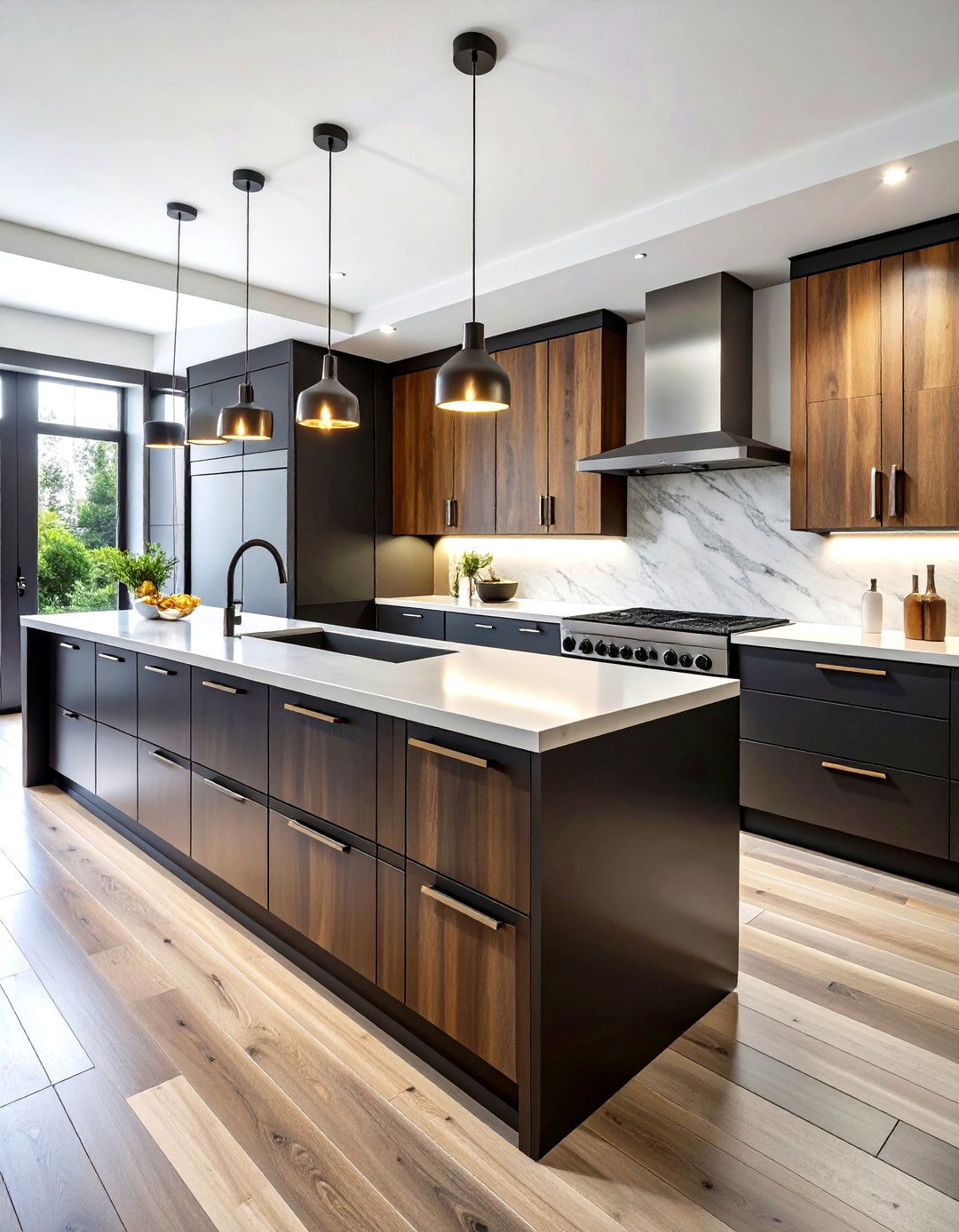
Dark charcoal-stained maple cabinets suit contemporary loft apartments where drama meets restraint. Maple’s tight pores accept pigmented stains evenly, yielding a moody façade that still shows delicate cathedrals in strong side light. Handle-less push-latch doors keep sightlines uninterrupted, and a continuous stainless-steel counter provides restaurant-grade durability. To soften edges, introduce a full-height wall of warm maple panels behind open shelving, echoing the darker base while preventing monotony. Matte graphite faucets pair with matching power-outlet covers for cohesive detailing. A skylight or oversized window allows daylight to bounce off pale micro-cement floors and keep the palette confidently balanced today.
6. Classic Raised-Panel Maple Cabinets with Crown Molding

Classic raised-panel maple kitchen cabinets evoke timeless Americana ideal for homes with traditional millwork. Select a warm natural finish with subtle amber undertones to let maple’s ribbon grain glow; pair it with fluted pilasters and cohesive crown molding for elevated architectural effect. Oil-rubbed bronze knobs underline heritage character, while a beadboard-backed breakfast nook continues the cottage narrative. For countertops, buttery granite flecked with caramel looks bespoke yet durable. Upgrade function by hiding a microwave behind a matching lift-up door and adding soft-close concealed hinges. Finally, illuminate glass-front hutches with puck LEDs so heirloom china sparkles against the honeyed backdrop beautifully.
7. Minimalist Flat-Panel Blonde Maple Cabinets

Minimalist flat-panel blonde maple cabinets deliver the serene, clutter-free aesthetic favored in urban condos. Blonde water-based stain preserves the wood’s creamy hue and reads almost Scandinavian when matched with pale terrazzo floors. Continuous horizontal grain across drawer banks elongates the visual width, while integrated J-channel pulls keep hardware invisible. Choose a low-sheen polyurethane finish to reduce glare under daylight flooding through floor-to-ceiling glazing. Complement with whisper-gray quartz counters and a full-height slab backsplash for material consistency. Aromatic cedar roll-outs hidden inside pantry towers add a touch of surprise and natural fragrance during busy mornings.
8. Coastal Maple Cabinets with Soft Blue Accents

Coastal maple kitchen cabinets bring breezy seaside flair without drifting into kitsch. Start with a light ivory wash over maple doors to emulate sun-bleached driftwood; then paint the central island in a misty sea-blue that echoes shoreline horizons. Polished nickel cup pulls recall boat cleats, while beadboard ceiling planks reinforce cottage authenticity. Natural quartzite countertops with soft blue veining tie cabinetry and island together effortlessly. Transparent seeded-glass pendants resemble vintage fishing floats, casting sparkle across a white apron sink. Finish the theme by displaying striped ceramic canisters and woven seagrass baskets that speak to relaxed weekend clam-bake gatherings all summer.
9. Industrial Maple and Matte-Metal Cabinet Ensemble
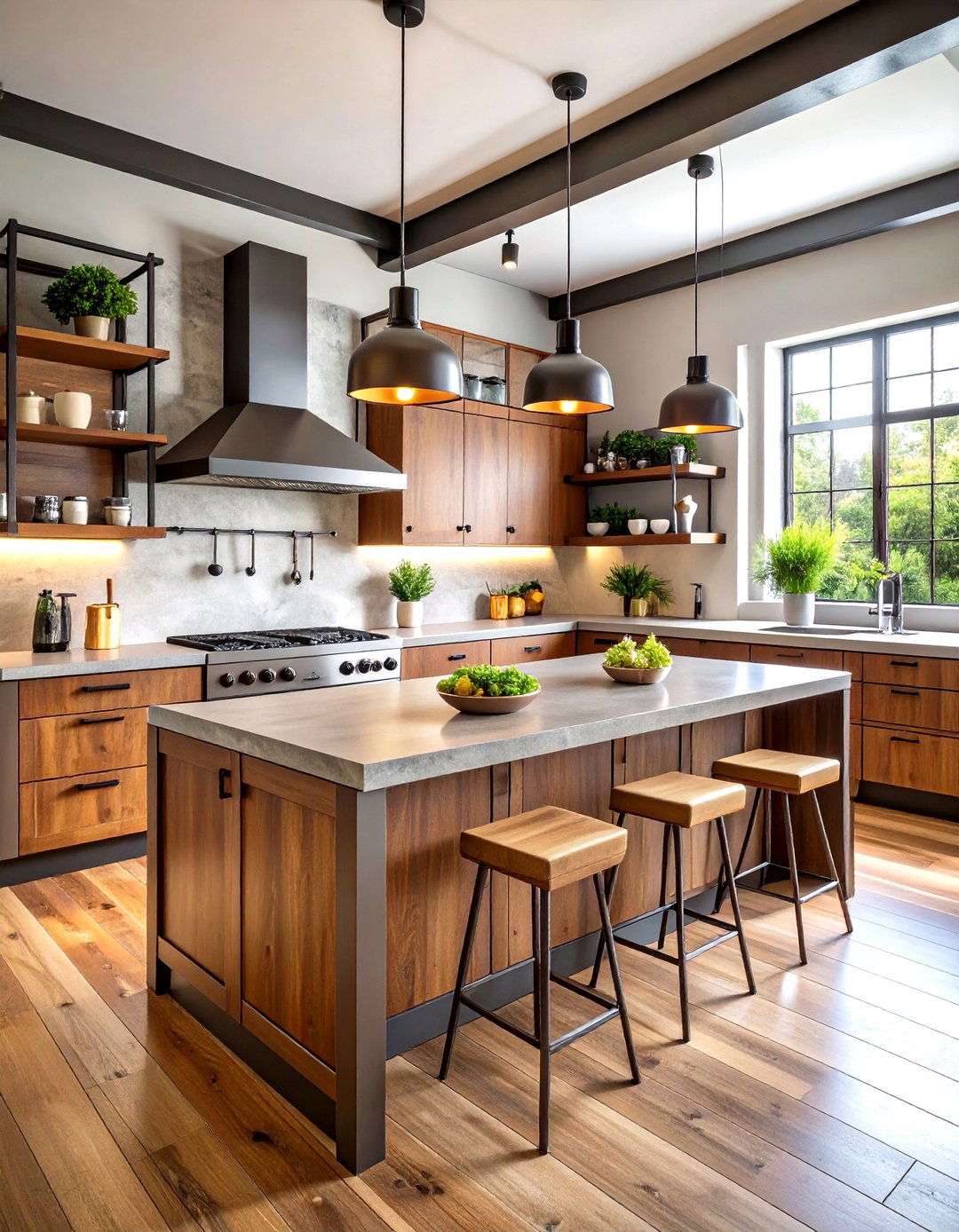
Industrial maple and matte-metal cabinetry marries workshop toughness with organic warmth. Specify flat-panel maple doors finished in a mid-tone brown, then frame them inside gunmetal-gray steel angle trim for factory-floor attitude. Open shelving supports fashioned from black iron pipe hold enamelware and spice jars, while a concrete waterfall island invites impromptu stool seating. Wire-brushed finish on the maple exposes subtle texture that complements exposed brick walls and riveted pendant shades. To streamline prep zones, embed magnetic knife strips directly into a maple backsplash board. Durable epoxy-coated floors reflect pendant light and make cleanup after ambitious wok sessions effortless every night.
10. Maple Cabinets with Glass-Front Displays
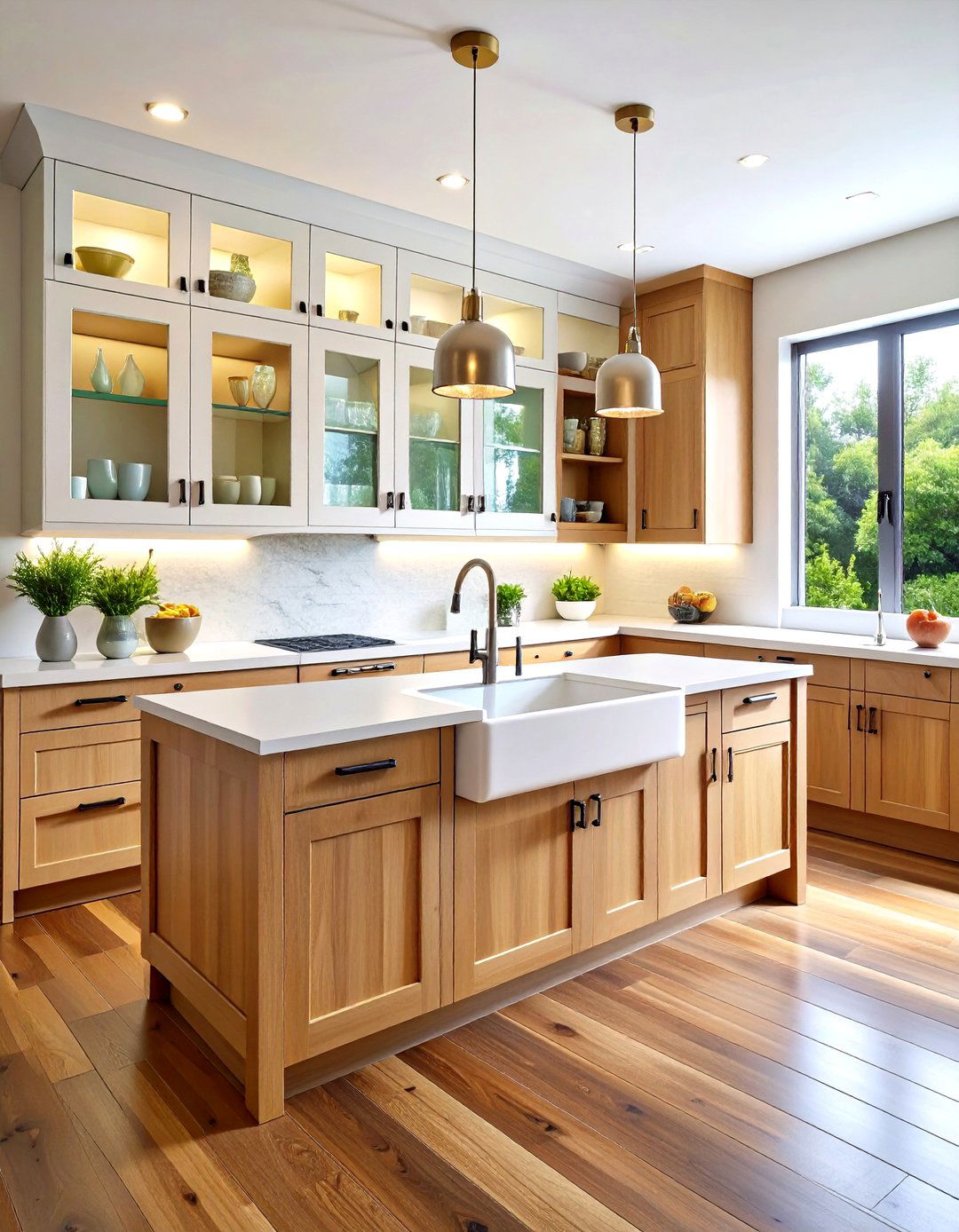
Maple cabinets fitted with glass-front inserts turn everyday storage into an exhibition space. Choose slim-frame doors in a soft, natural finish so vitreous panels remain the star and maple grain supplies gentle backdrop. Inside, adjustable shelves painted white let colorful dishes pop; concealed LED strip lighting along stiles adds museum-like glow without visible bulbs. Mix clear glass on lower shelves with reeded glass on uppers to mask less photogenic items while maintaining airiness. For continuity, echo the vertical fluting in a white ceramic farmhouse-sink apron. The result feels curated yet livable, encouraging thoughtful editing of kitchenware collections each season.
11. Transitional Maple Cabinets with Quartz Countertops
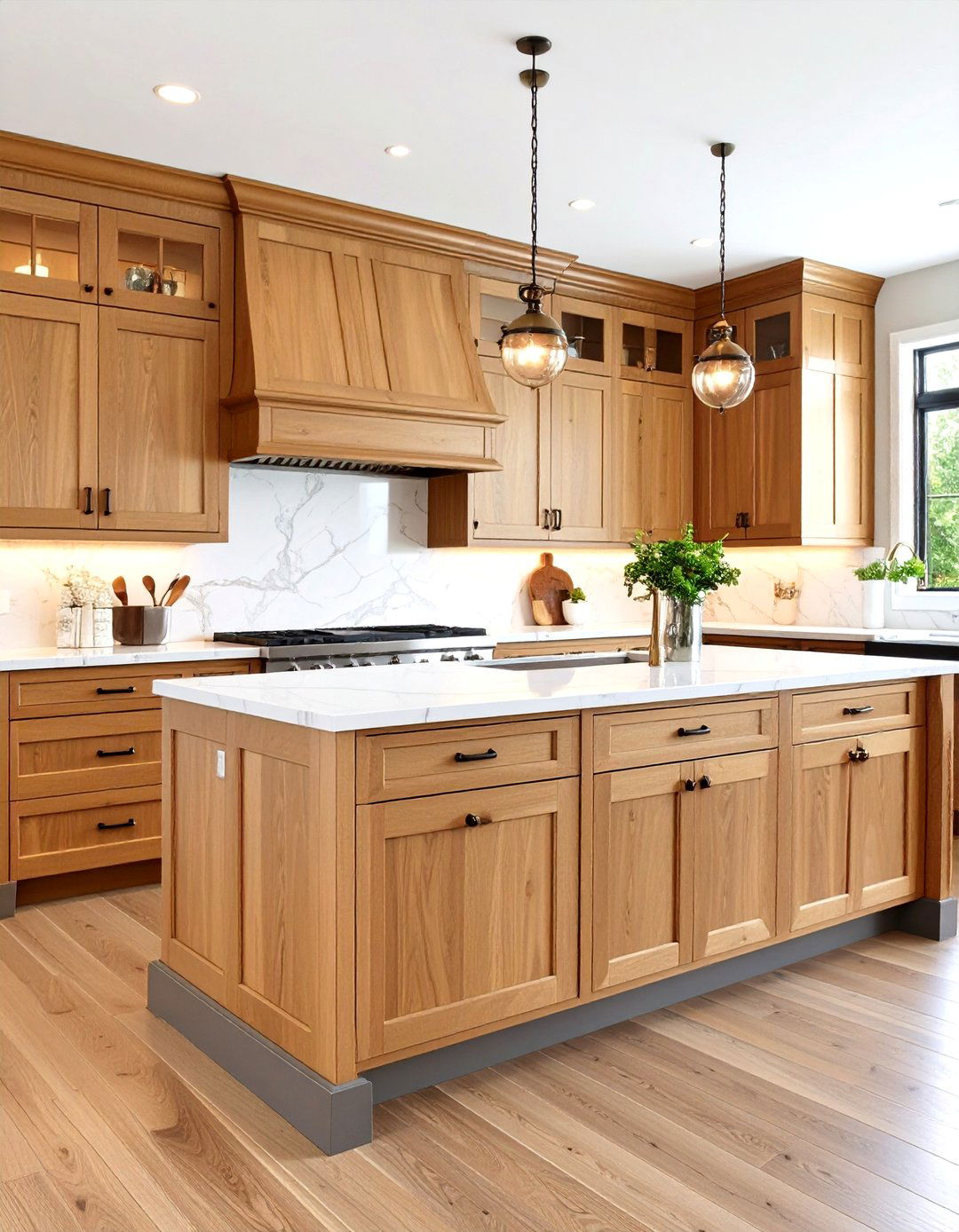
Transitional maple kitchen cabinets pair classic joinery with streamlined finishes for a style that bridges generations. Opt for a medium neutral stain so maple’s characteristic worm tracks remain subtle. Satin-nickel cup pulls supply traditional cues, whereas a beveled shaker profile injects refinement. For countertops, consider creamy quartz shot through with taupe veins; the engineered surface resists stains and reflects light upward to brighten maple fronts. Tall pantry cabinets conceal roll-out chrome racks, ensuring groceries glide forward effortlessly. A modest furniture-style toe-kick painted dove gray delineates cabinet bases from medium-tone hardwood floors while protecting door edges from mops.
12. Eco-Friendly Reclaimed Maple Cabinets
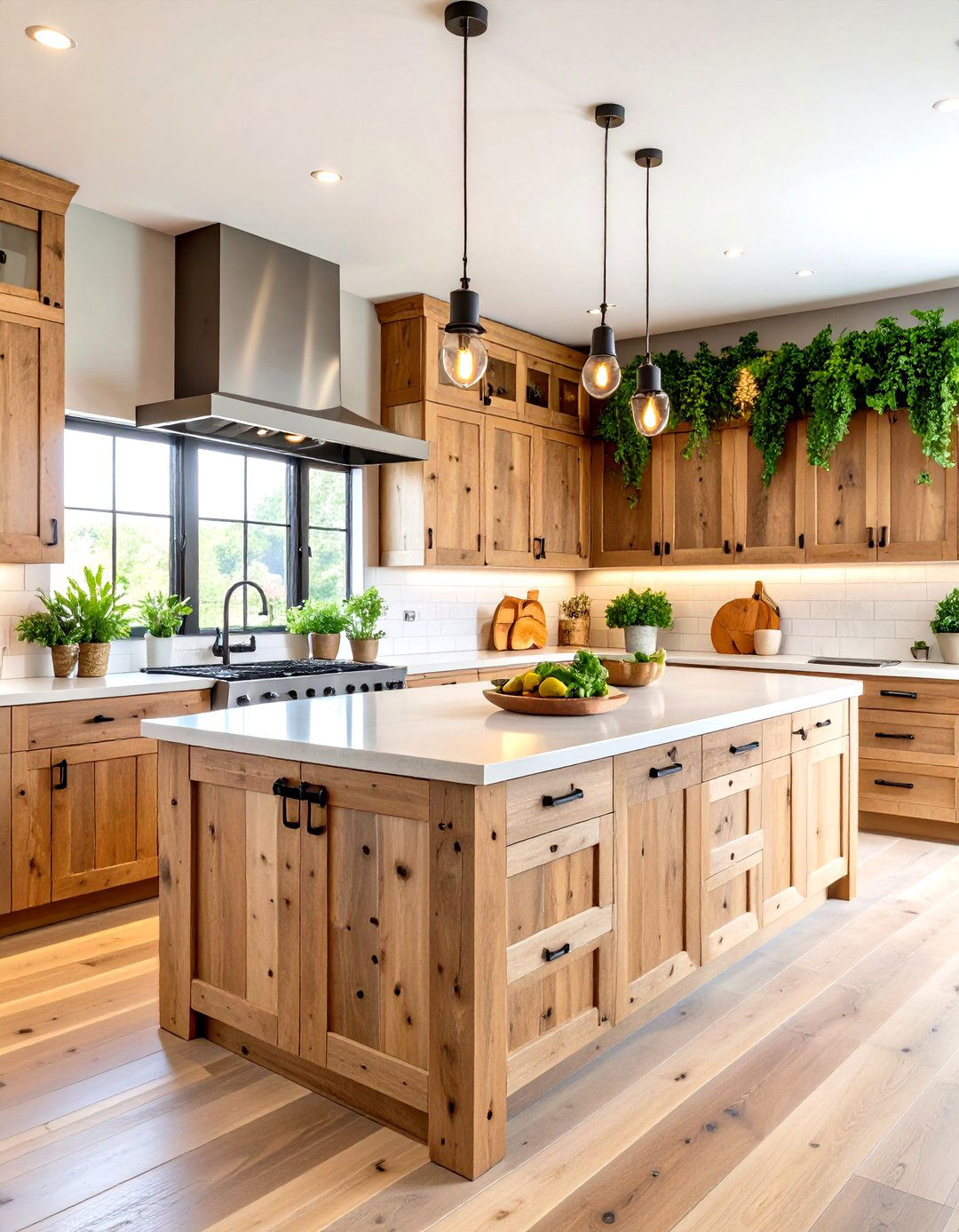
Eco-friendly reclaimed maple cabinets prove sustainability can look exquisite. Sourced from deconstructed barns and school gym floors, the lumber bears history through nail holes and color variation that factory distressing can’t mimic. After kiln-drying, craftsmen mill it into shaker-inspired doors sealed with low-VOC oil to maintain authentic patina. Pair the cabinets with recycled-glass countertops shimmering in earth-tone fragments and install energy-smart induction cooking for a low-carbon footprint. Forged-steel hardware crafted by local artisans furthers the story of responsible production. A living-herb wall next to the fridge underscores the kitchen’s green ethos while perfuming the air during everyday prep tasks.
13. Mid-Century Maple Slab Cabinets
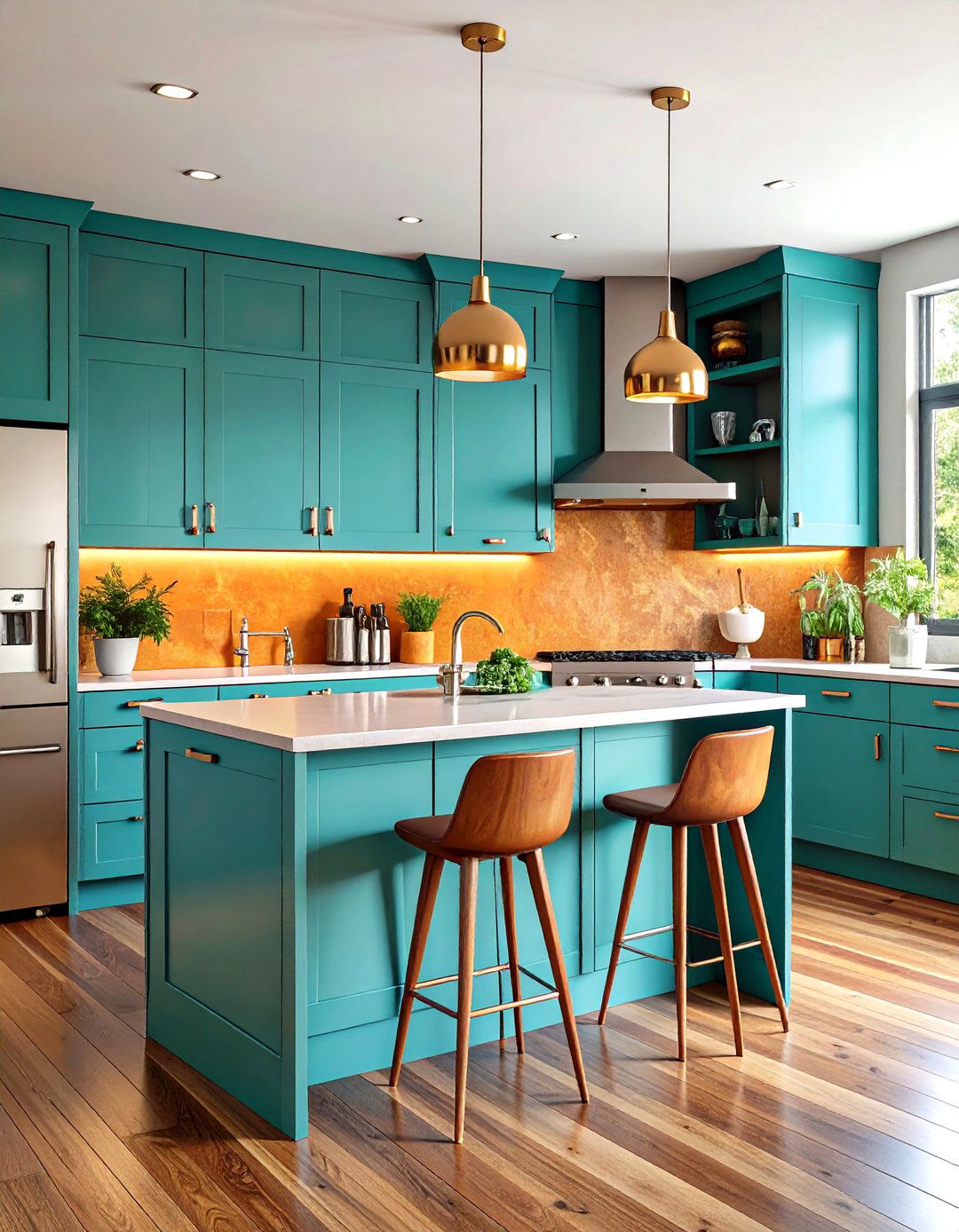
Mid-century maple slab cabinets channel 1950s optimism through clean planes and clever storage. Select rift-cut maple veneer laid horizontally for striking linear grain, then finish with a warm matte polyurethane to maintain period authenticity. Recessed aluminum finger pulls eliminate protrusions while evoking vintage stereos. Combine cabinetry with a brightly colored laminate backsplash—think turmeric or teal—for playful contrast against the blond wood. Install tapered walnut legs beneath the peninsula, creating the illusion of floating furniture. Modern updates, such as a downdraft cooktop and LED edge lighting, ensure retro aesthetics coexist comfortably with today’s cooking technology for families.
14. Maple Cabinets with Matte Black Hardware
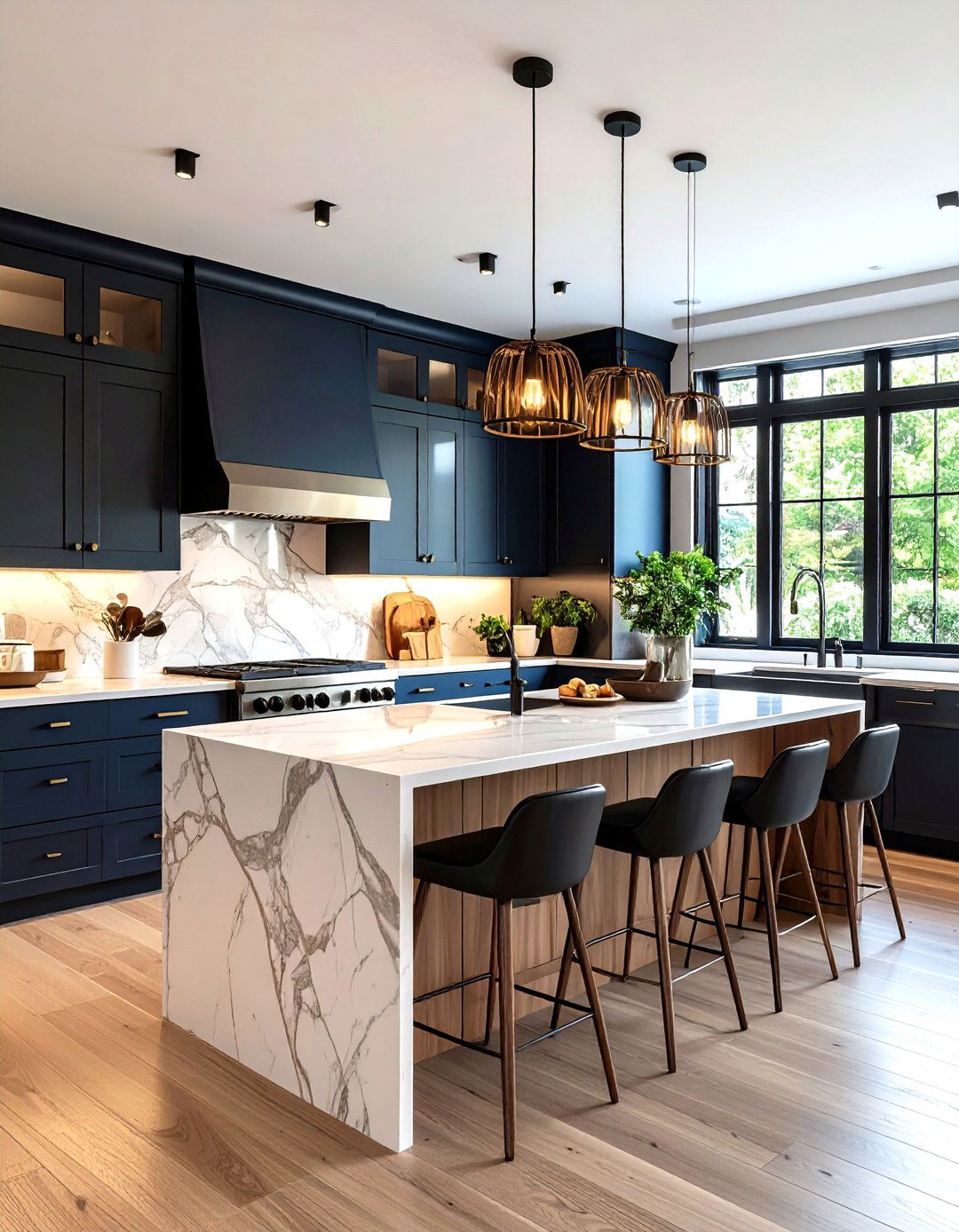
Maple cabinets punctuated by matte black hardware offer a crisp update that suits modern, transitional, and rustic interiors alike. Choose a light neutral stain so the dark pulls and knobs pop against the wood’s creamy surface. Oversized five-inch bar pulls lend functional grip while visually elongating drawer widths. Echo the black in window frames and pendant light cages for cohesion, then soften the palette with sandy marble countertops and a woven wool runner. Because black accents can absorb light, install dimmable under-cabinet LEDs to restore brightness and highlight maple’s subtle figuring. The result delivers graphic punch without overwhelming warmth anywhere.
15. Maple Cabinets Blended with Open Shelving

Blending maple base cabinets with open shelving above offers a perfect compromise between concealed storage and airy display. Keep lower units in a mid-honey stain for durability, then install floating maple shelves finished with the same topcoat so grain flows upward uninterrupted. Stagger shelf heights to accommodate pitchers, cookbooks, and trailing plants, turning functional storage into curated décor. To prevent dust worries, position the shelves away from stovetops and vent with a powerful, quiet hood. Slate tile floors ground the room’s openness, while raw linen Roman shades temper bright daylight. This layout is ideal for homeowners who constantly evolve their tablescapes.
16. High-Gloss Lacquered Maple Cabinets
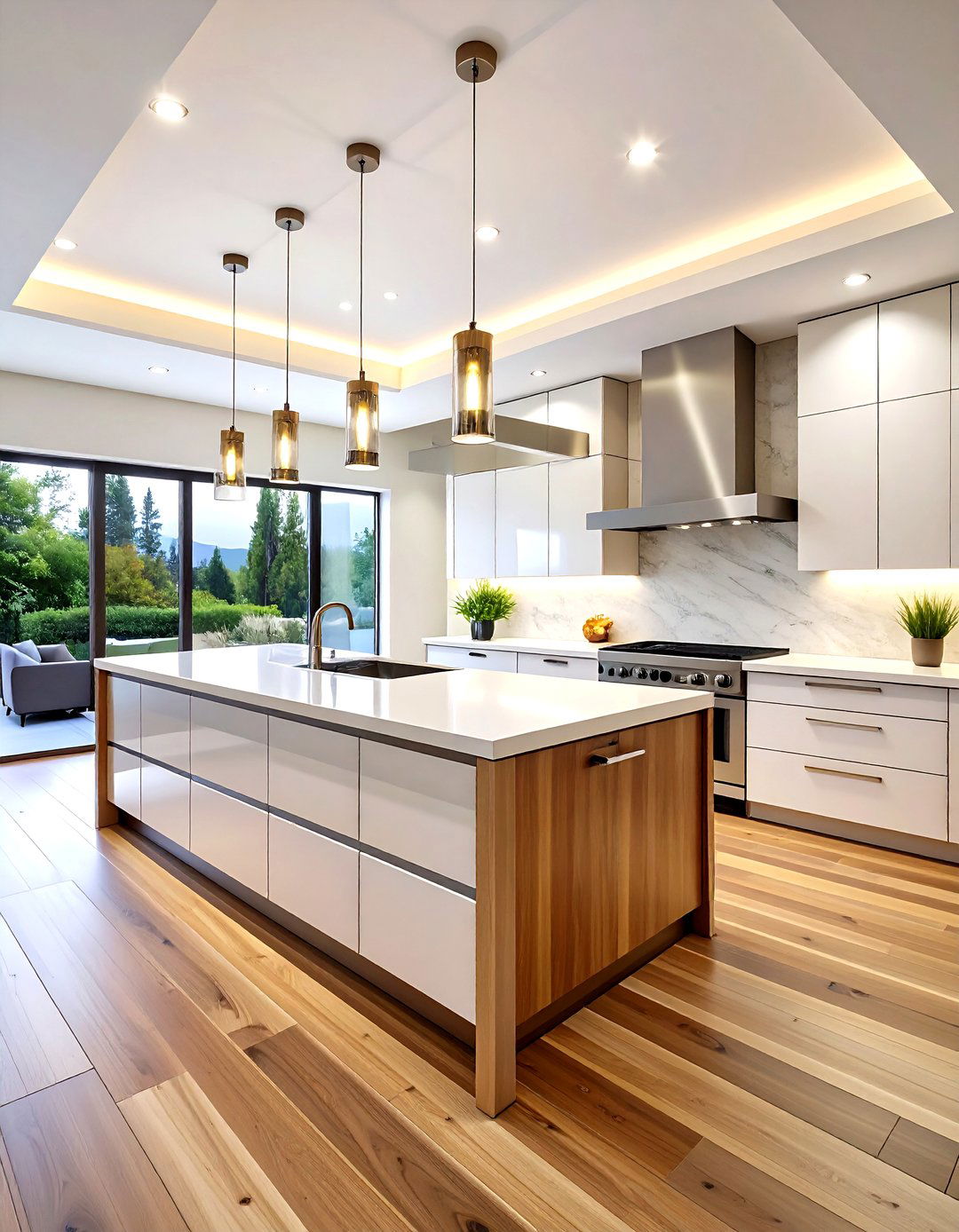
High-gloss lacquered maple cabinets transform the kitchen into a sleek, light-reflective statement reminiscent of European studios. After multiple coats of catalyzed polyurethane, the surface achieves mirror polish while sealing maple’s pores to resist moisture. Opt for slab doors with integrated alumina edging to protect corners from chipping. Because gloss magnifies imperfections, specify push-to-open hinges that eliminate hardware interruption. Pair the cabinets with seamless porcelain countertops and a matching backsplash slab for a monolithic effect. LED strip lighting recessed into ceiling coffers bounces light onto the glossy fronts, making even compact city kitchens feel expansively bright after sunset entertaining every night.
17. Maple Cabinets with Integrated LED Lighting
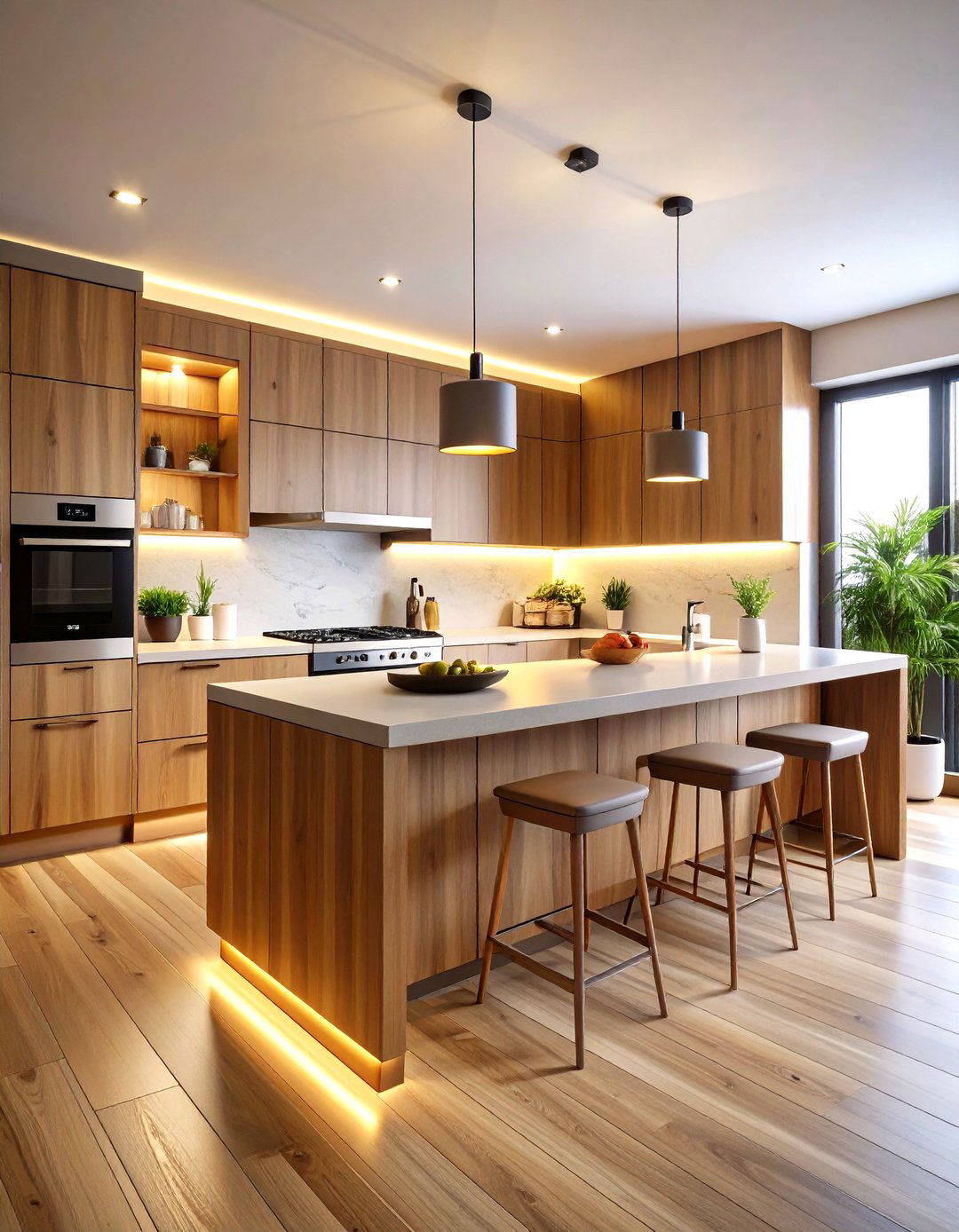
Maple cabinets enhanced by integrated LED lighting merge style with advanced functionality. Thin, dimmable strips mounted behind cock-bead frames cast even illumination onto quartz counters, eliminating shadows during knife work. Inside deep drawers, sensor-activated micro LEDs illuminate contents when opened, revealing spice jars or mixing bowls without fumbling. At night, low-watt toe-kick rails create a graceful pathway glow, doubling as a child-friendly night-light. Warm-white temperature (around 3000 K) flatters maple’s creamy undertones better than cooler hues. The lighting network connects to smart-home hubs, letting homeowners cue cooking-task scenes via voice or phone throughout the entire day.
18. Wire-Brushed Textured Maple Cabinets
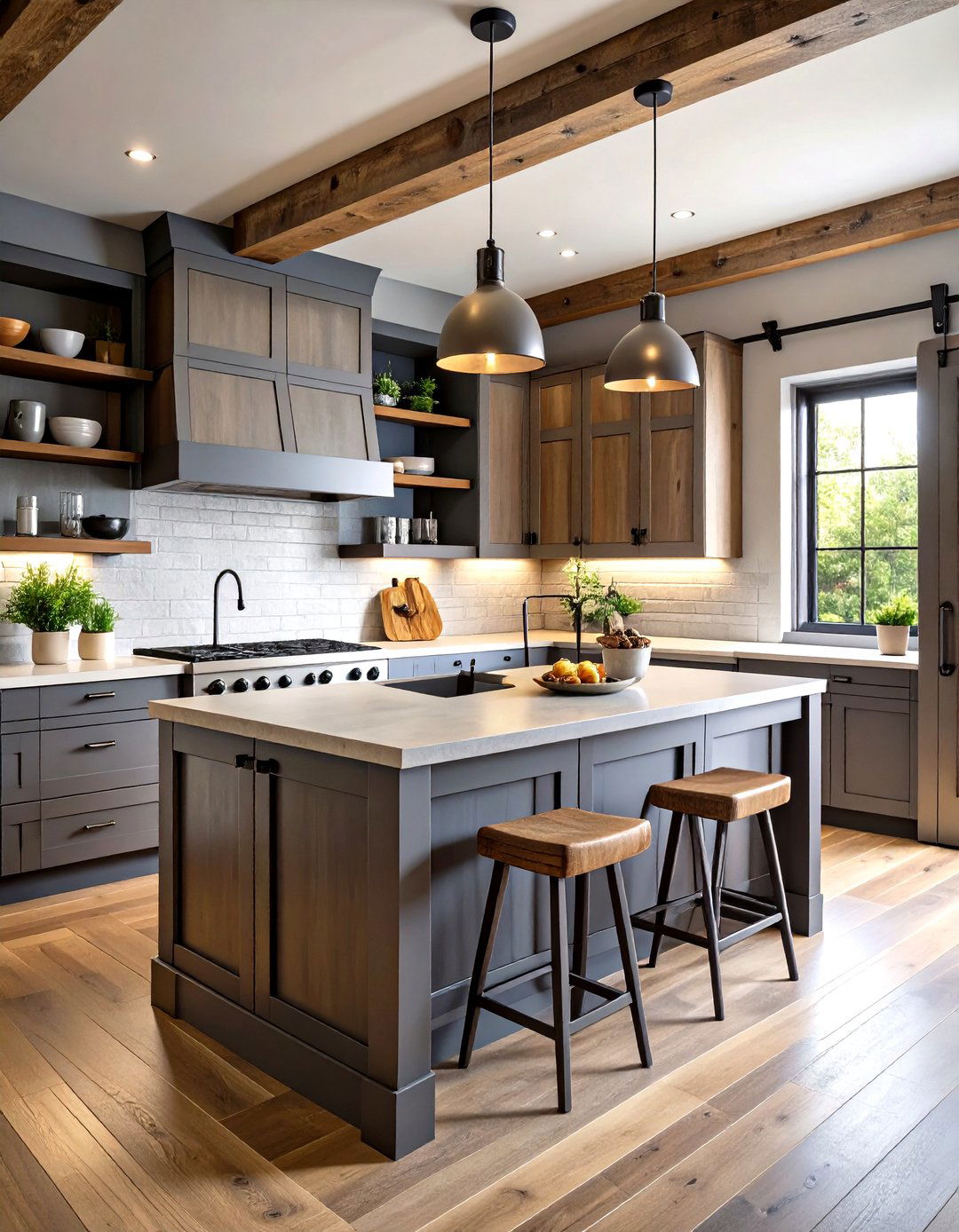
Wire-brushed textured maple cabinets introduce tactile dimension perfect for rustic-modern hybrids. The brushing process removes softer springwood, leaving harder latewood ridges that catch stain irregularly and accentuate linear grain. Choose a mid-gray wash so peaks read silvery while valleys remain warm taupe, echoing reclaimed beams overhead. Pair the cabinets with matte black steel shelves and seeded-glass sconces for workshop flair. Quartz counters in concrete tones ground the visual texture, while a sliding barn-door pantry echoes the cabinetry’s rugged rhythm. Regular dusting with a soft brush keeps grooves pristine, ensuring the artisanal finish ages gracefully rather than collecting grime over time.
19. Maple Cabinets Anchoring a Bold Color Island
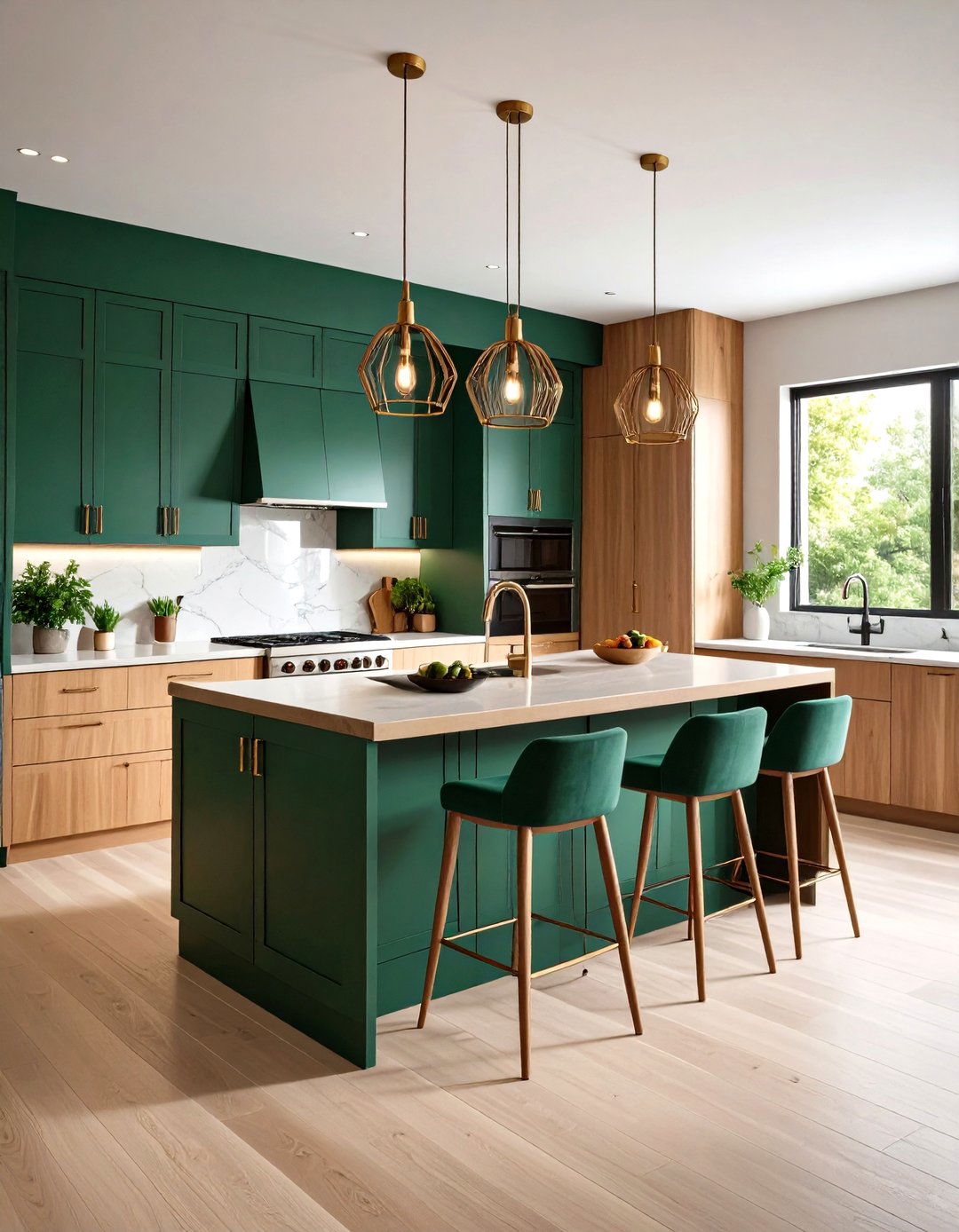
Neutral maple perimeter cabinets paired with a boldly painted island allow homeowners to embrace color without overwhelming the entire room. Keep wall and base units in a satin natural maple finish so their warm undertones act as a calm frame. Then coat the island’s shaker panels in saturated emerald or terracotta—the organic hues forecast for 2025 kitchen palettes. Repeat the accent color sparingly on bar-stool upholstery or window trim to stitch the scheme together. Brass bridge faucets and pendant cages deliver luxe sparkle that complements both wood and pigment. Because maple reflects ambient light, the vibrant centerpiece never feels heavy.
20. Smart Maple Cabinets with Built-In Charging Drawers

Smart maple cabinets equipped with built-in charging drawers meet the tech-savvy household’s needs without cluttering counters. Factory-installed power strips and USB-C outlets hide beneath dovetail maple drawer boxes, safely ventilated to prevent heat buildup. Meanwhile, wireless charging pads recessed under quartz overhangs keep phones energized during meal prep. Voice-activated lift doors reveal coffee stations each morning and close gently after use, thanks to soft-motor actuators. Inside, LED-lit glass shelves sync with home-automation apps, changing hue to indicate dishwasher cycles or grocery-list alerts. By integrating intelligence into warmth-toned maple, the kitchen becomes a calm command center rather than a tangle of cords.
Conclusion:
All things considered, maple’s adaptability—whether left naturally golden or saturated with pigment—makes it an enduring superstar for 2025 kitchens. The twenty themes above prove the species can slip seamlessly into minimalist lofts, coastal cottages, tech-forward smart homes, and everything between. By treating maple as a versatile canvas and layering finishes, hardware, lighting, and technology thoughtfully, homeowners achieve rooms that feel both current and future-proof. Use these complete concepts as blueprints, then fine-tune surfaces and colors to echo your routines and region. The result will be a kitchen whose warmth, durability, and personality invite gathering for years.


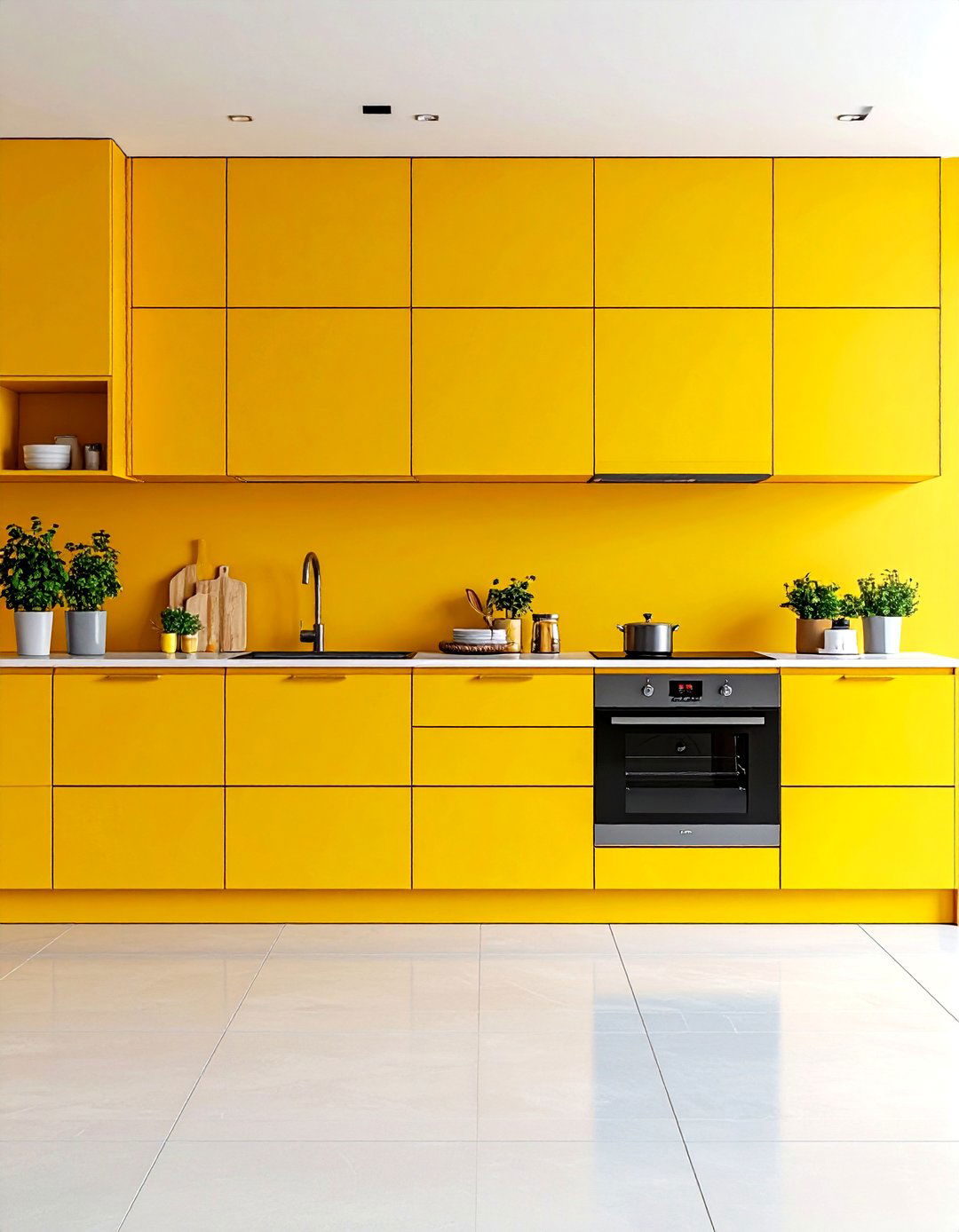
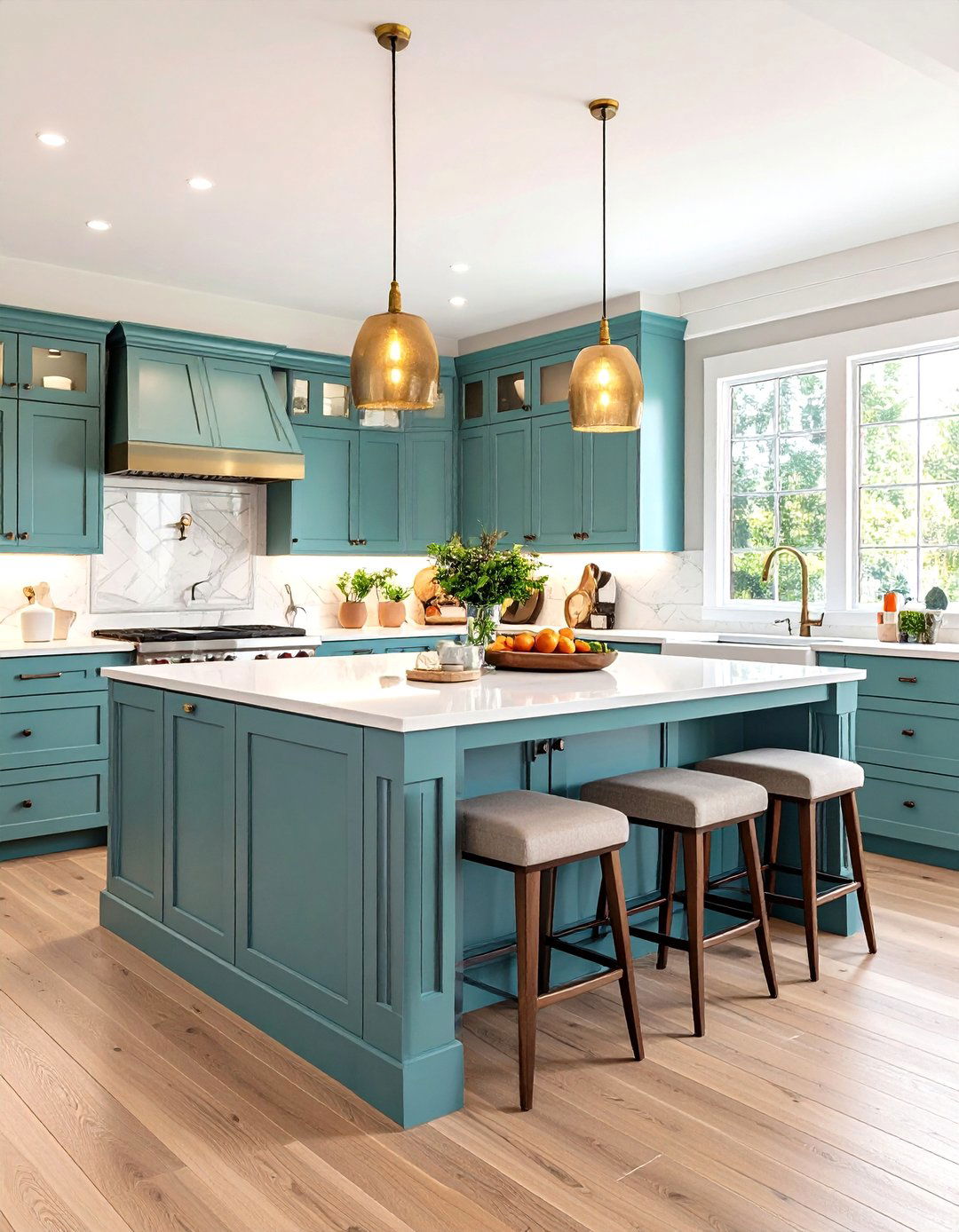
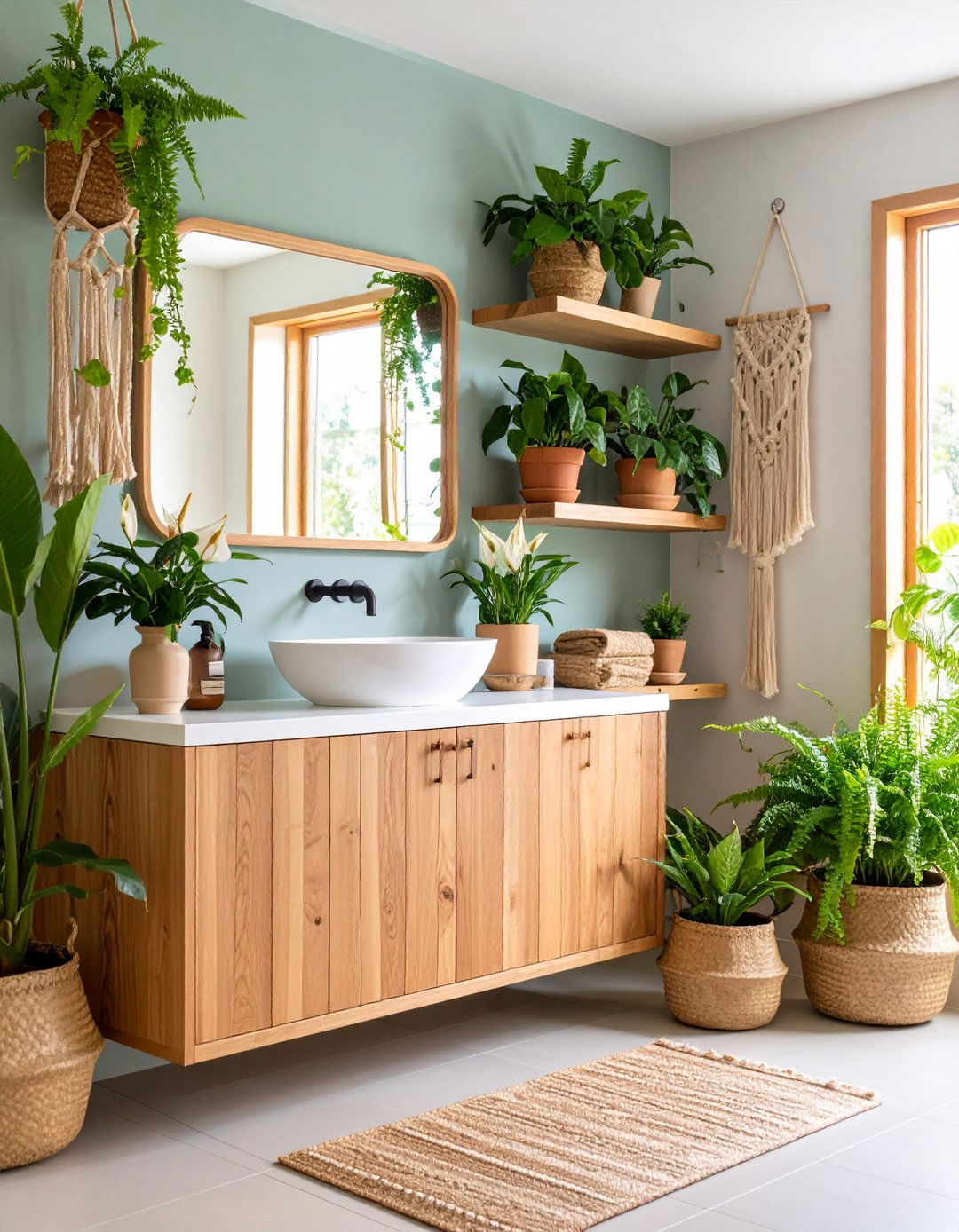
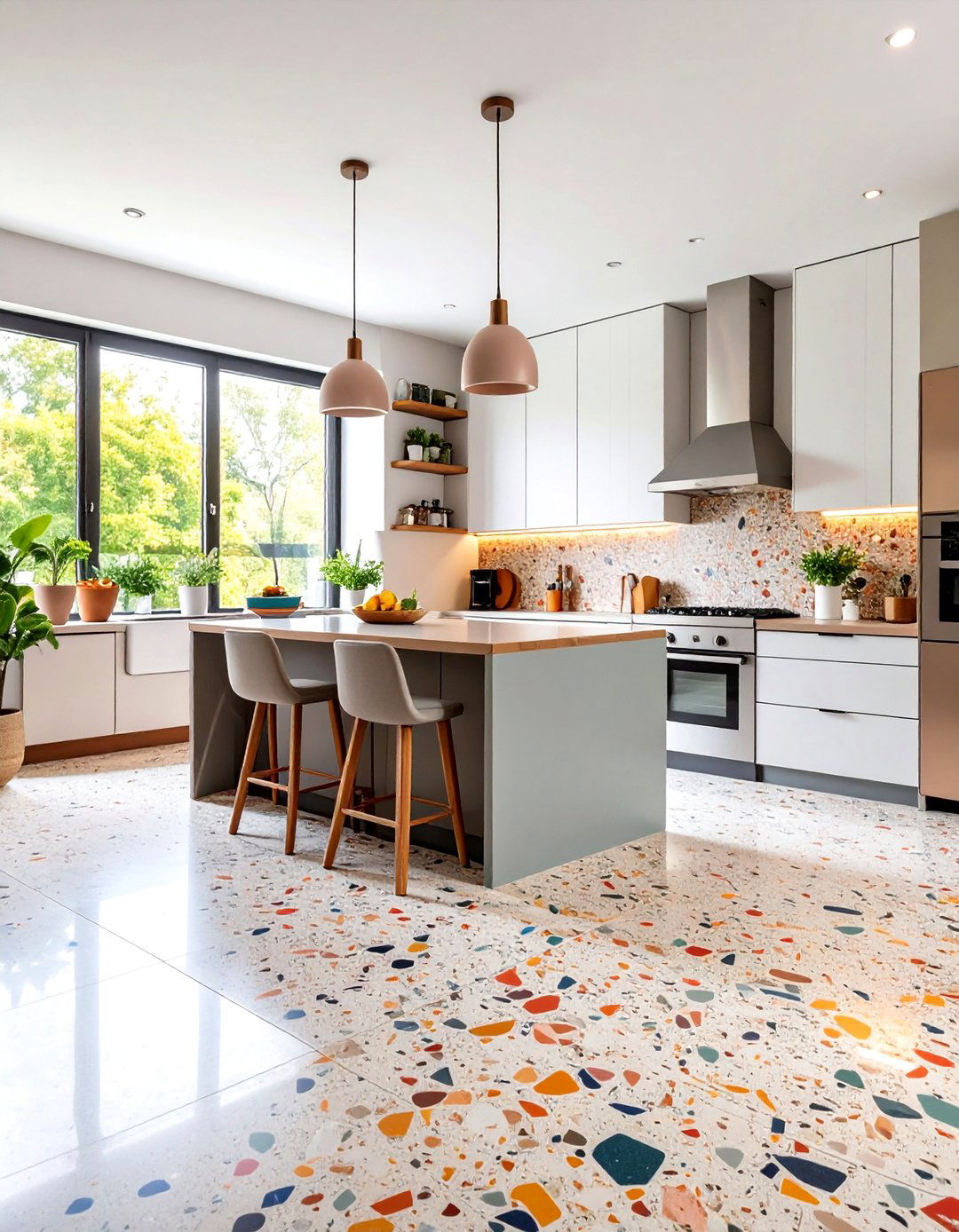
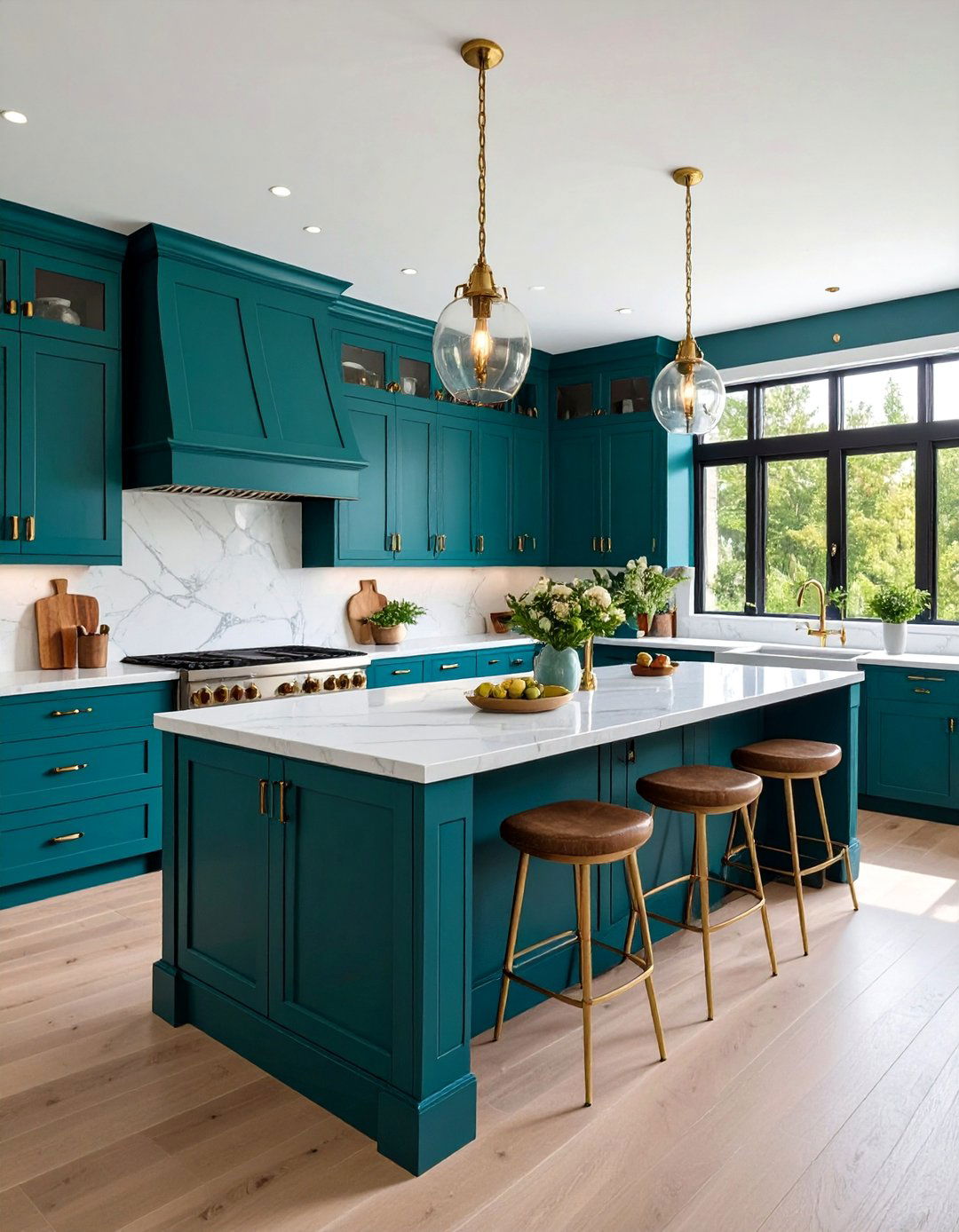

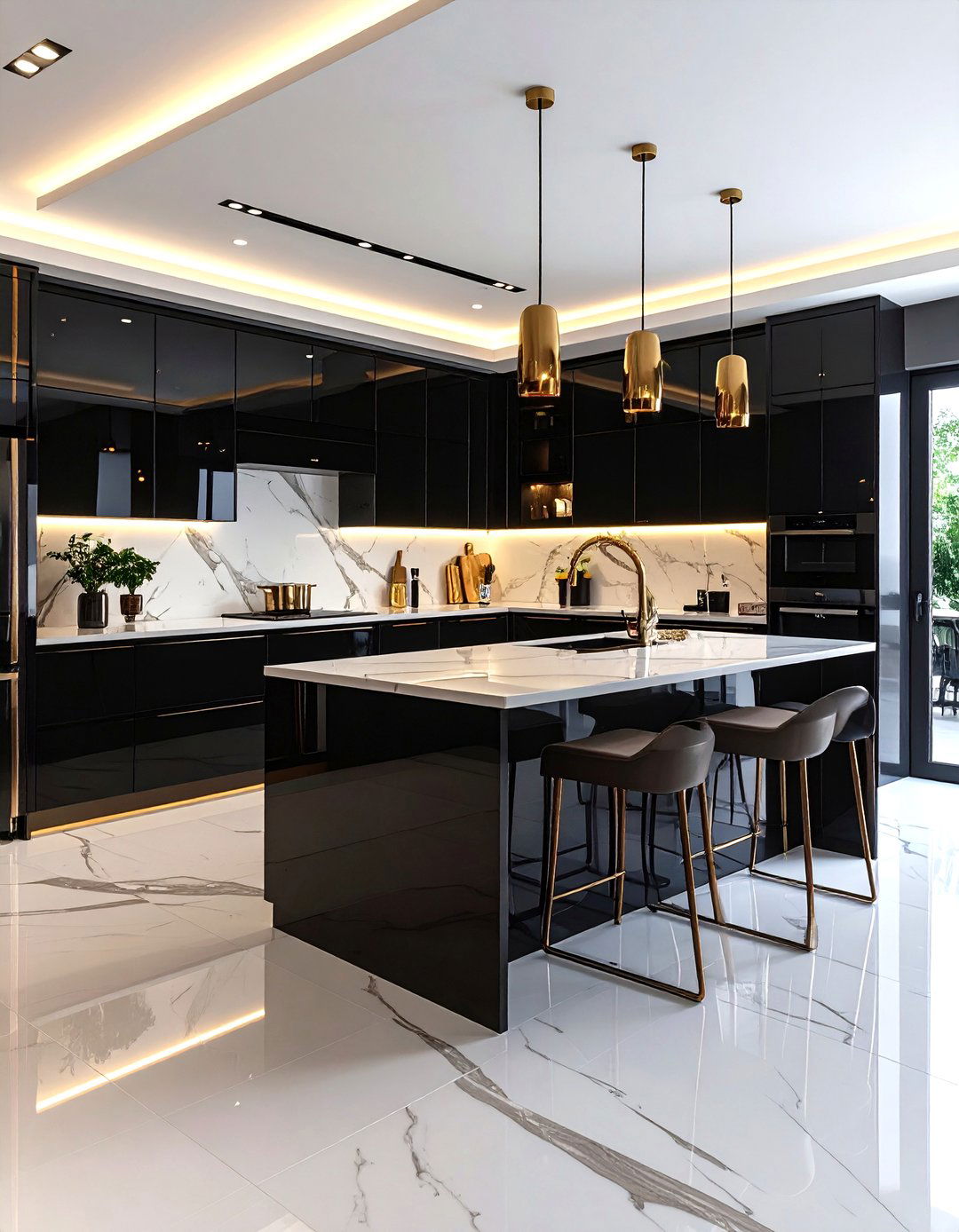
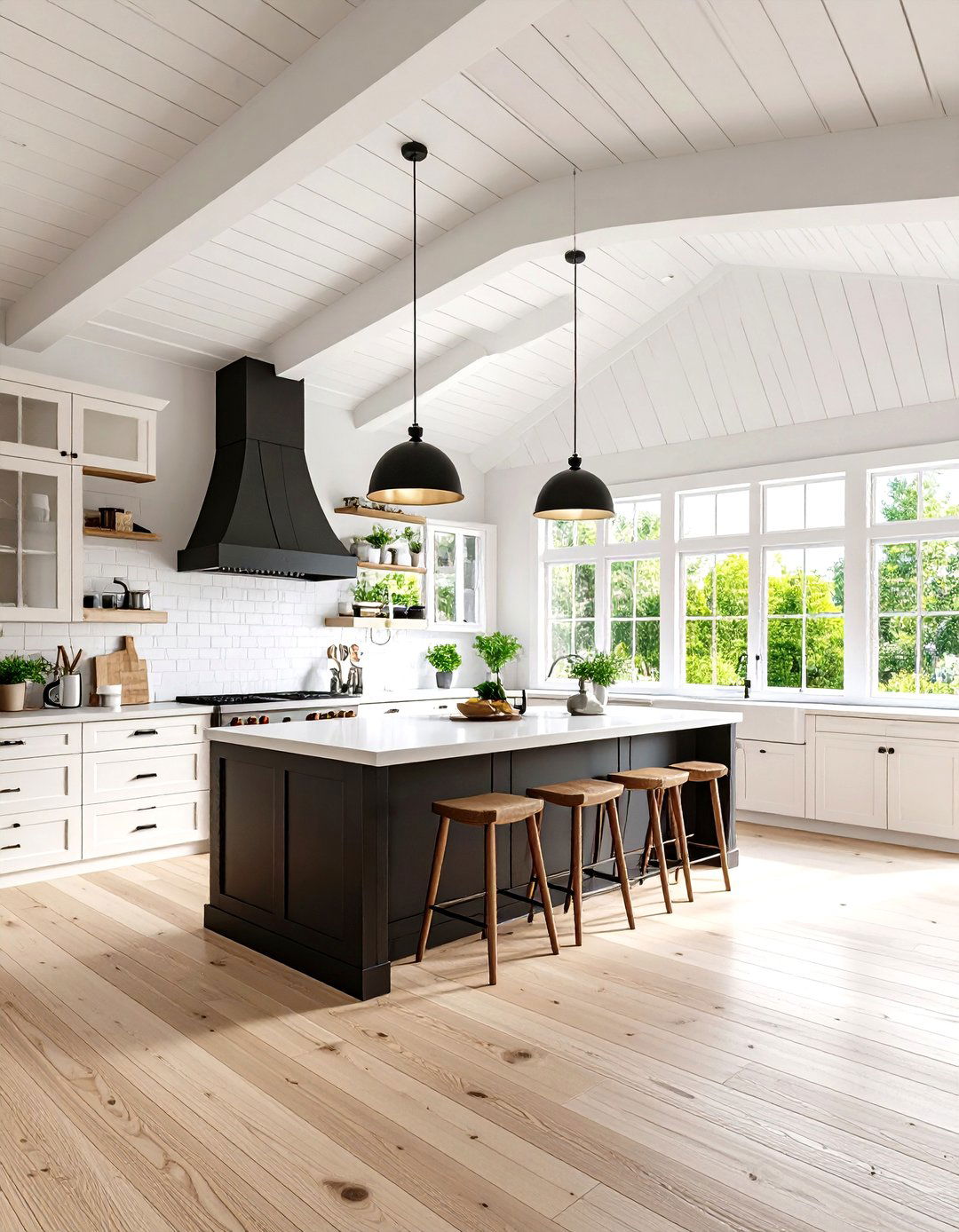
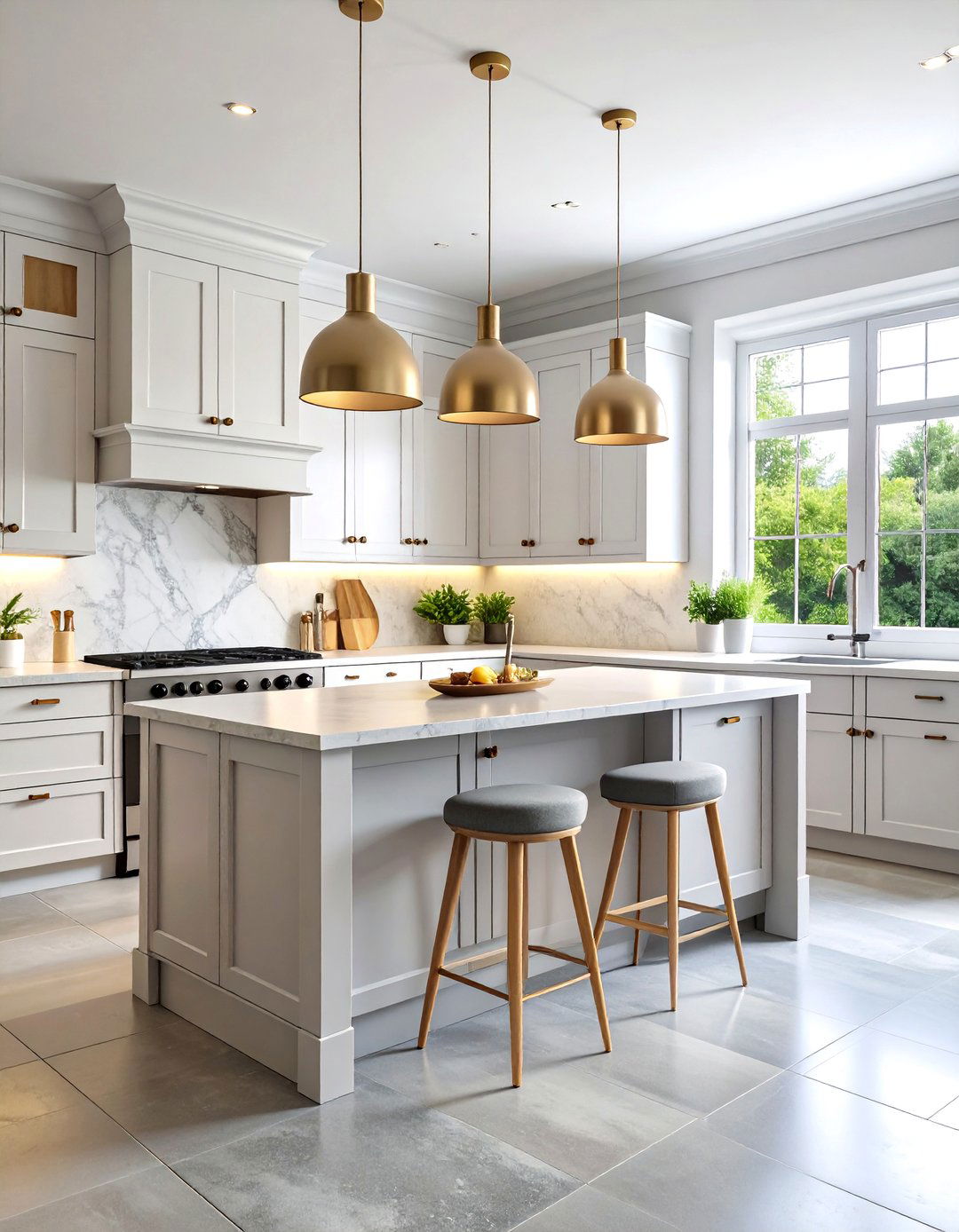
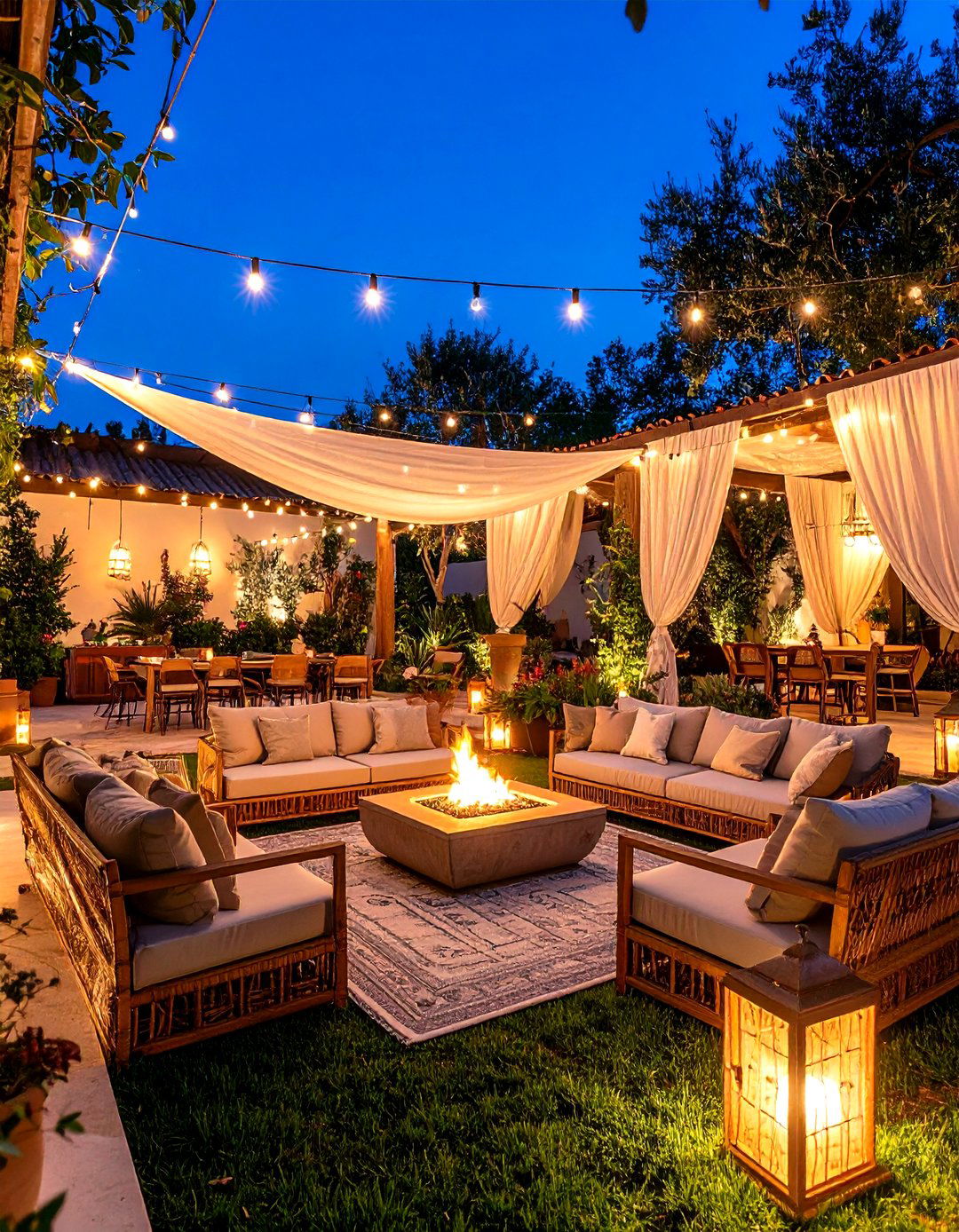
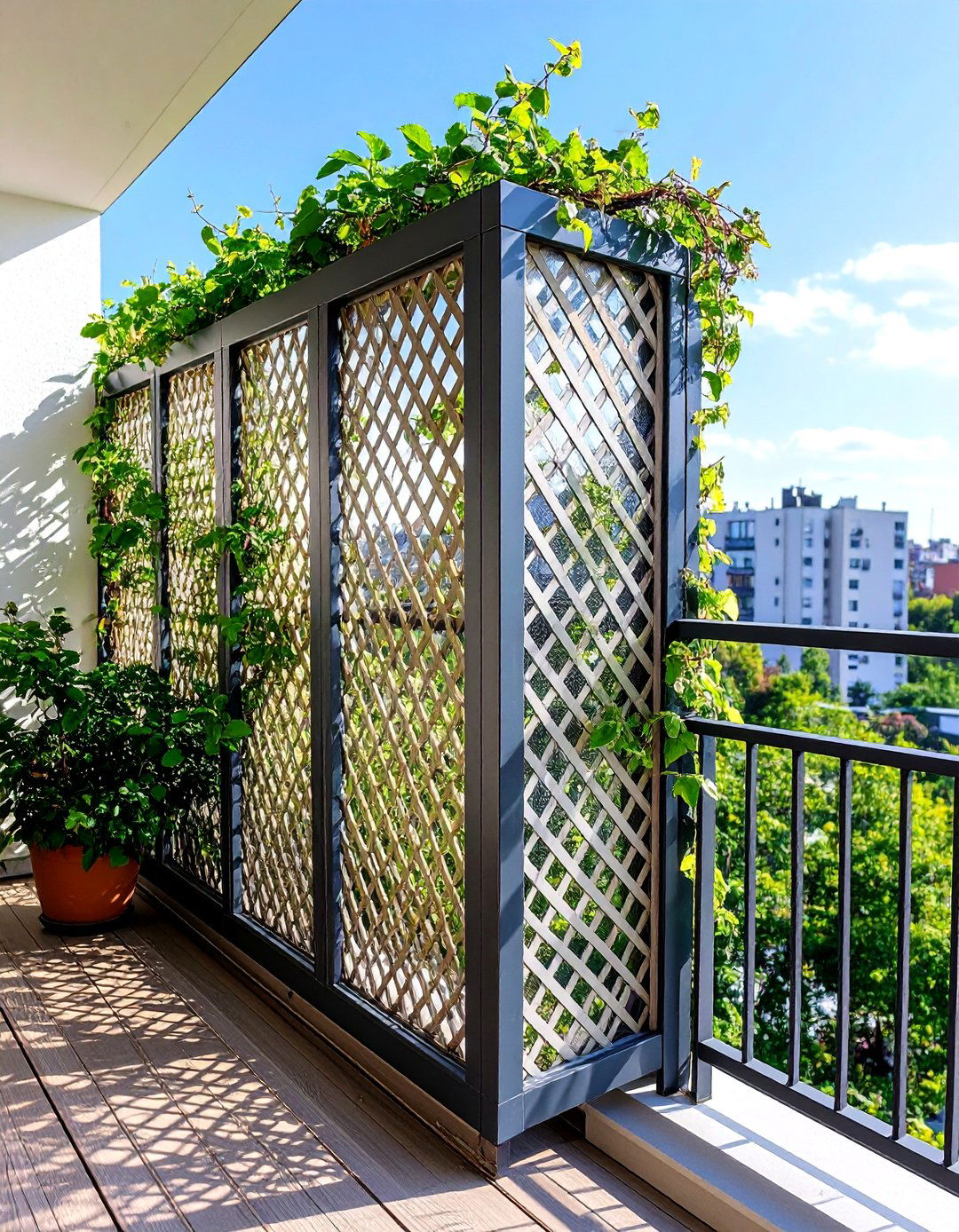
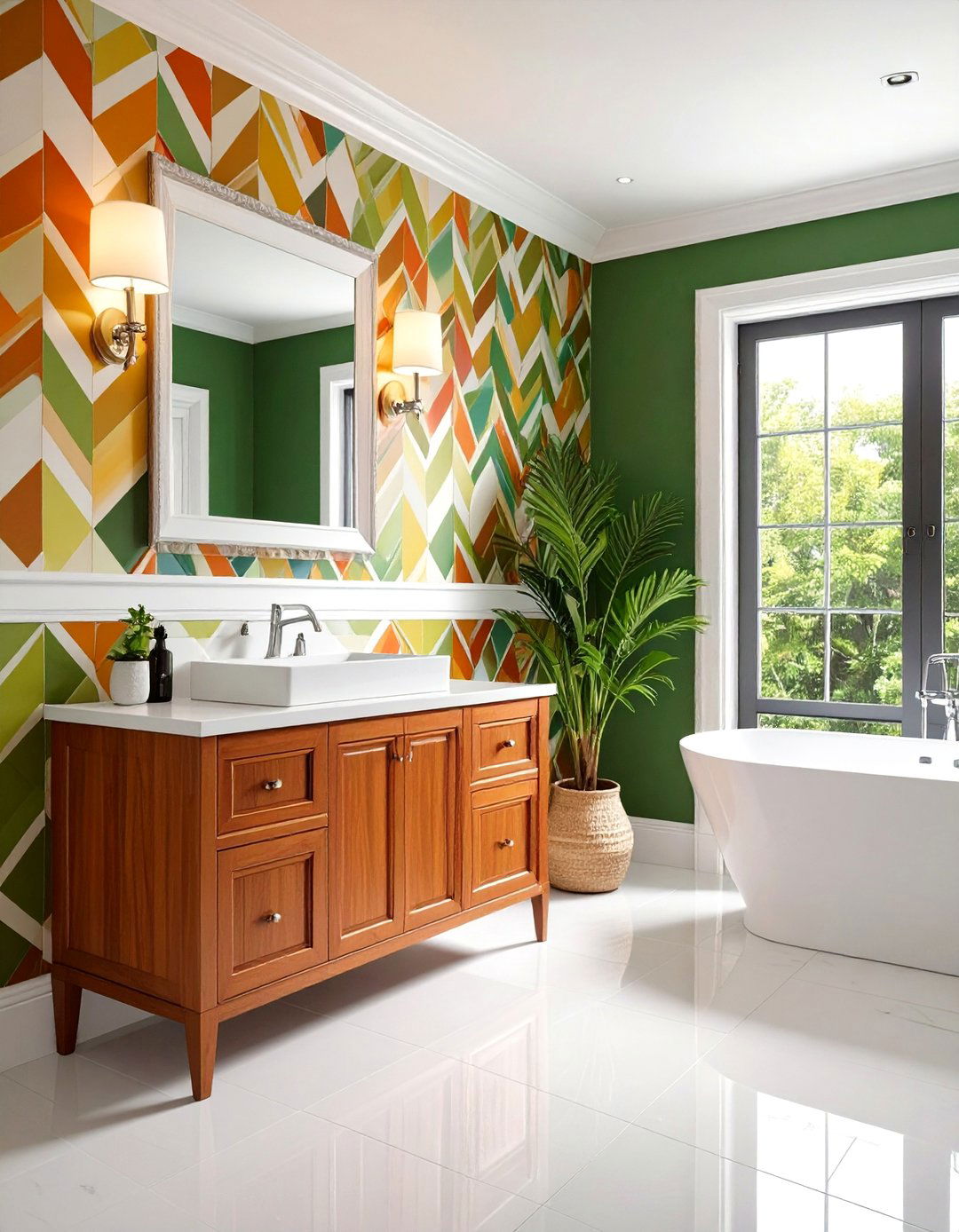

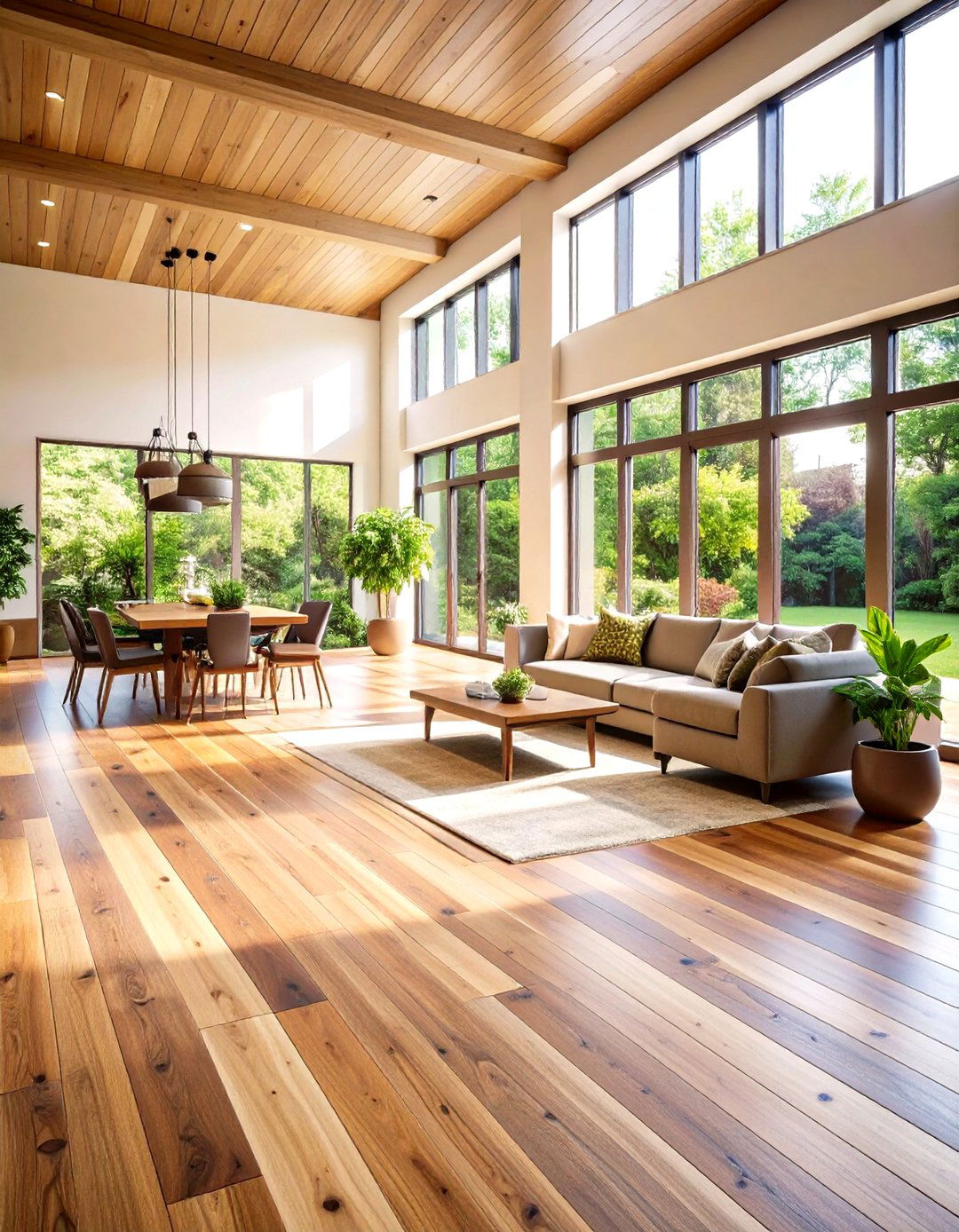
Leave a Reply